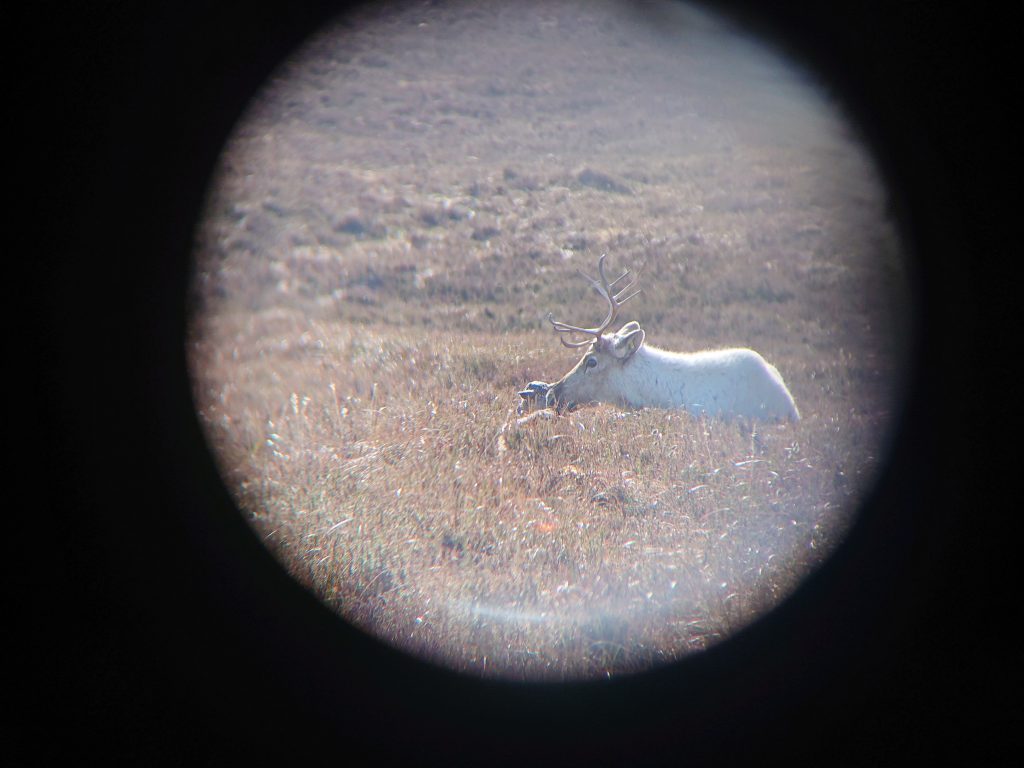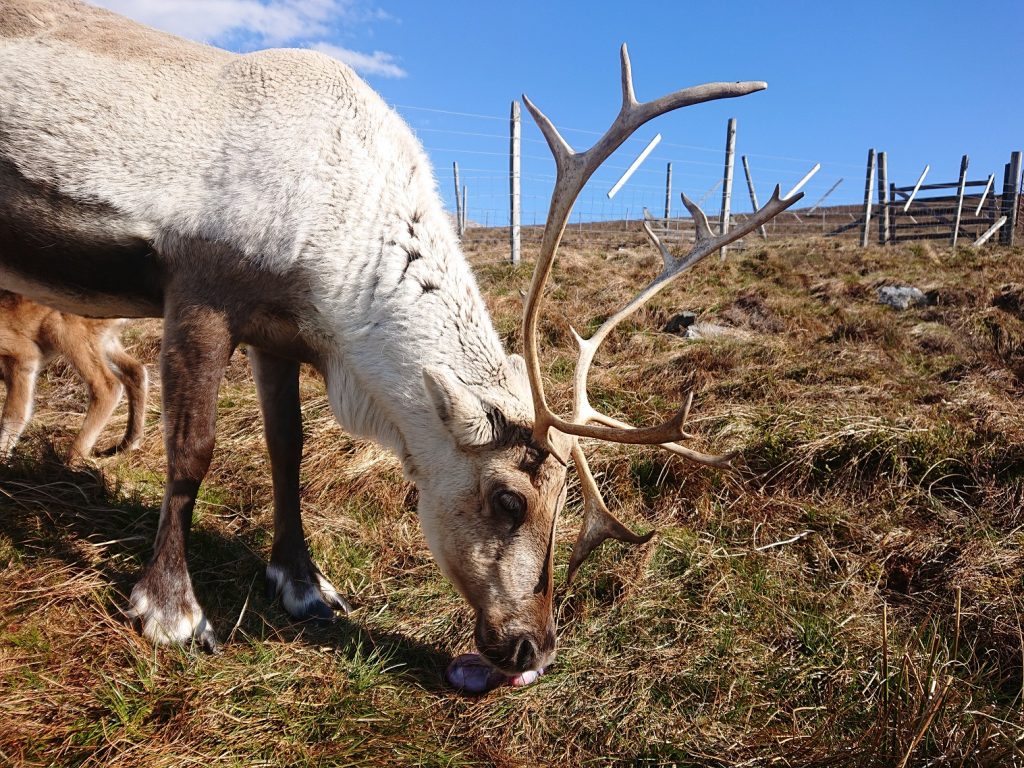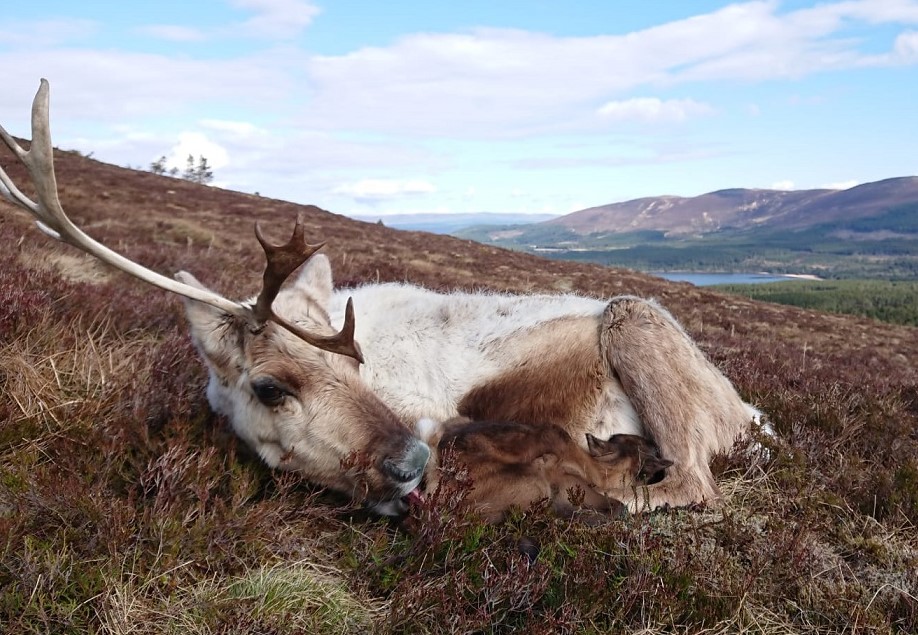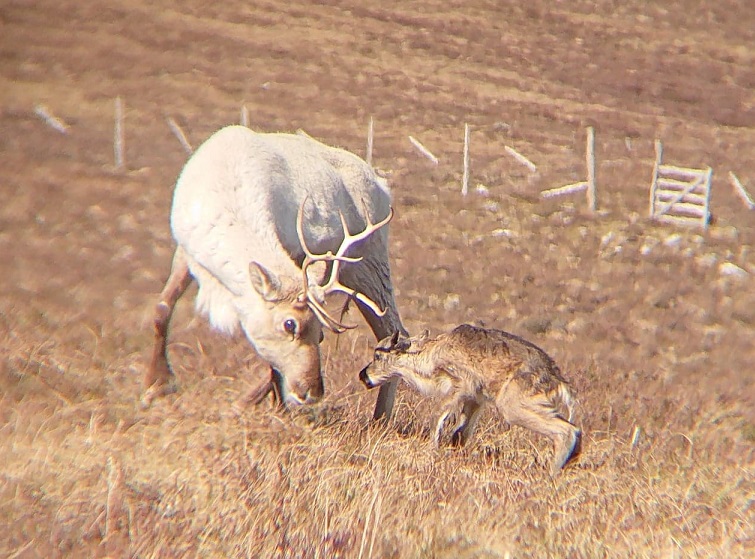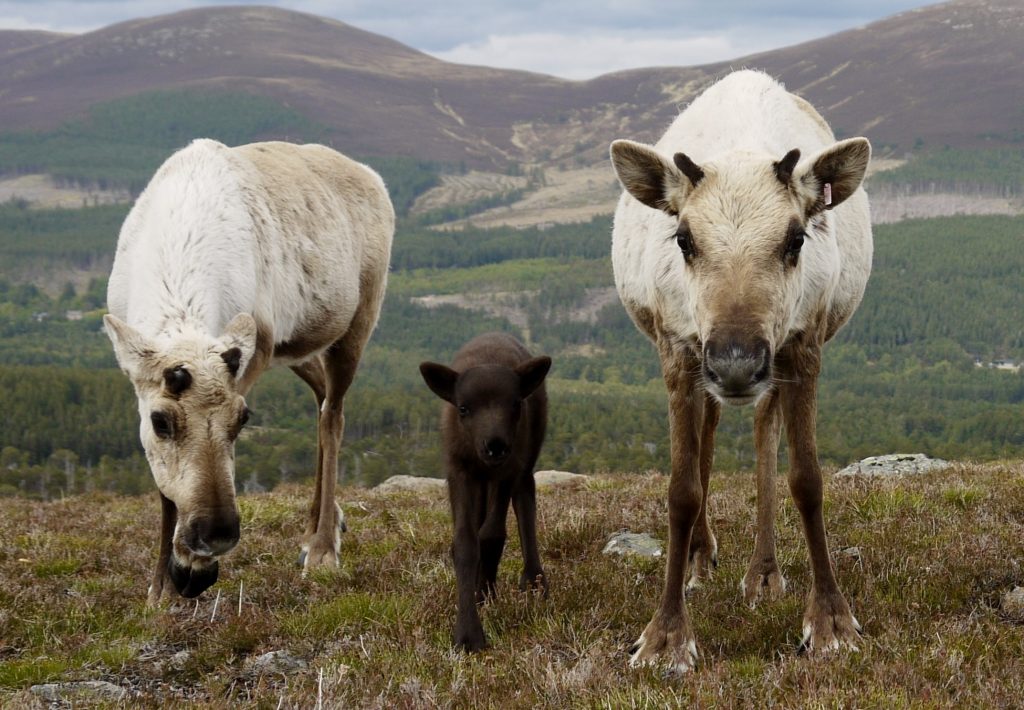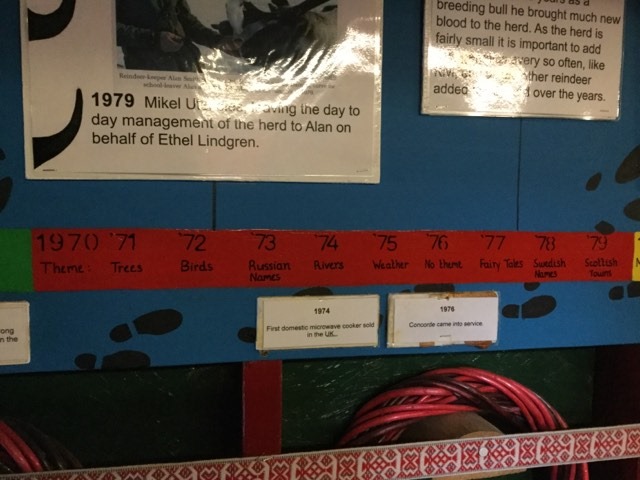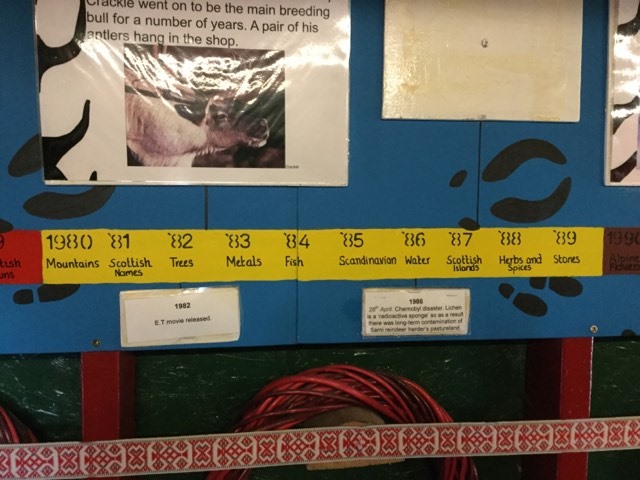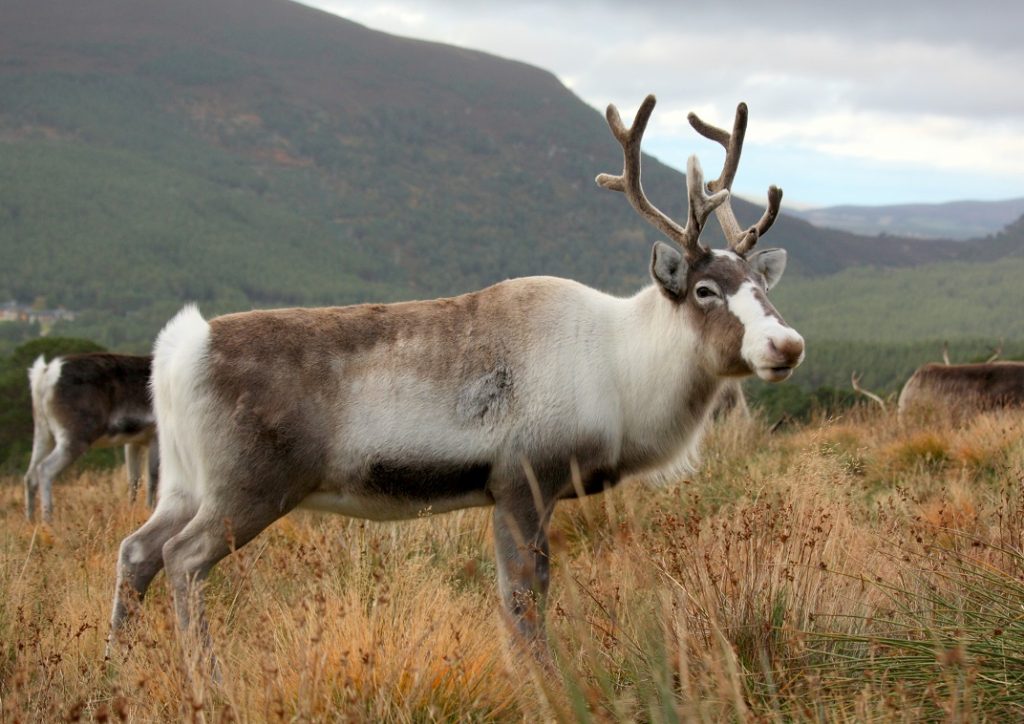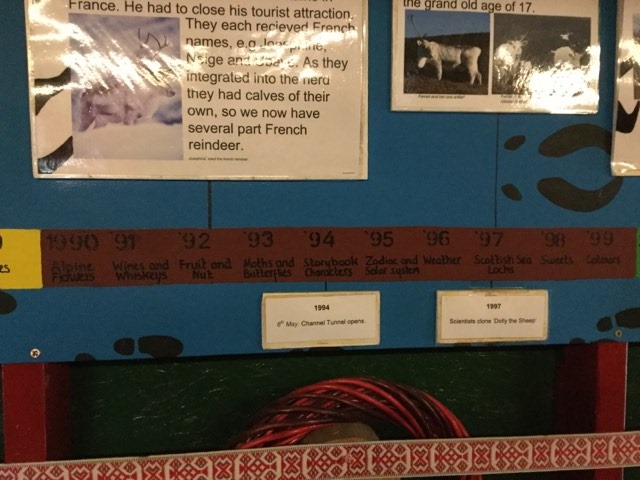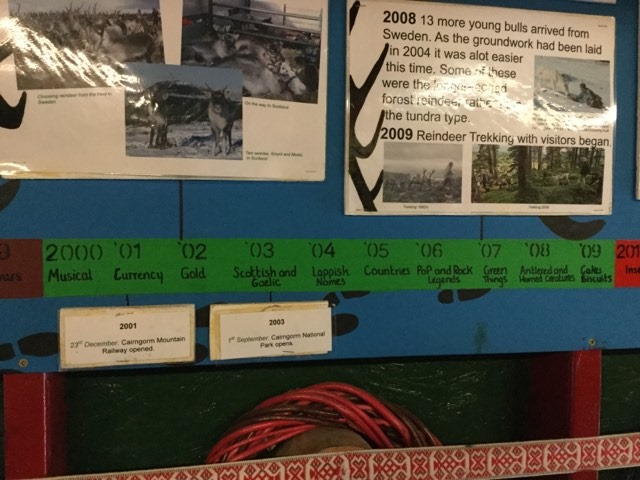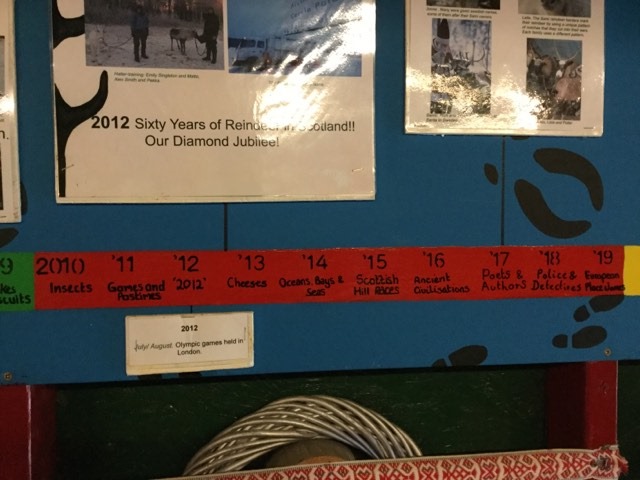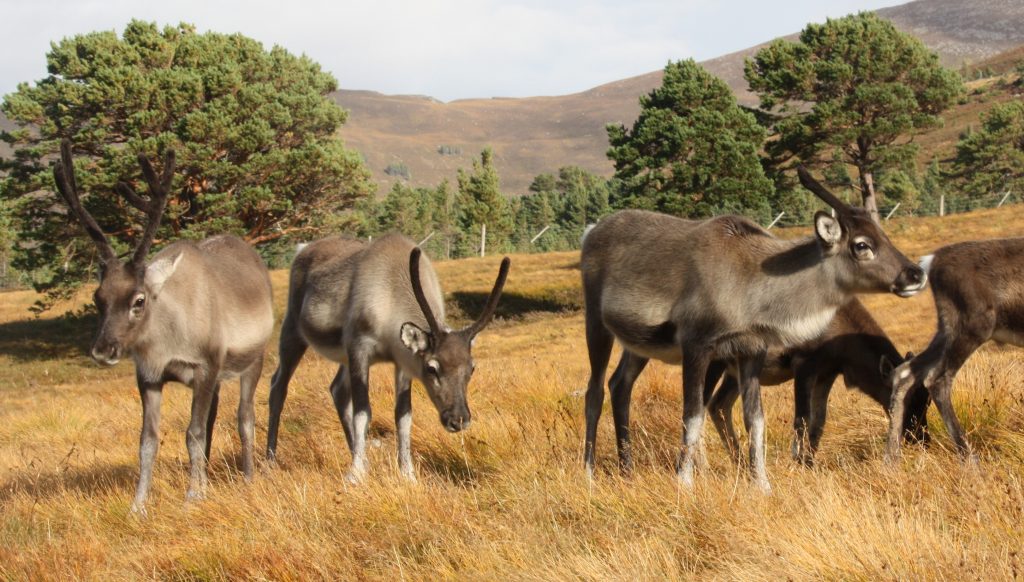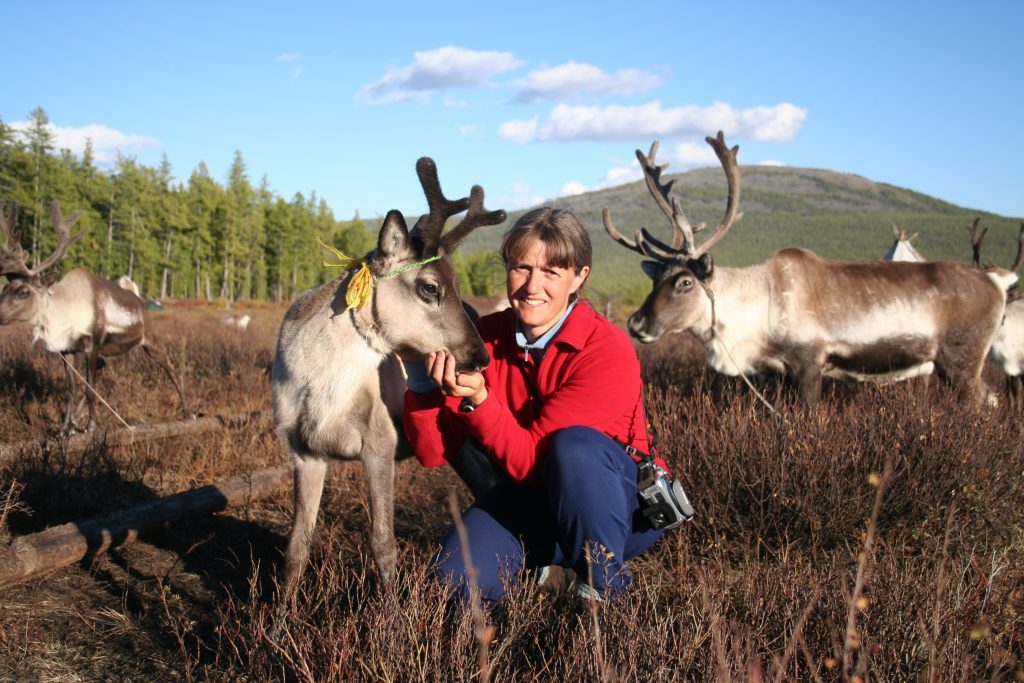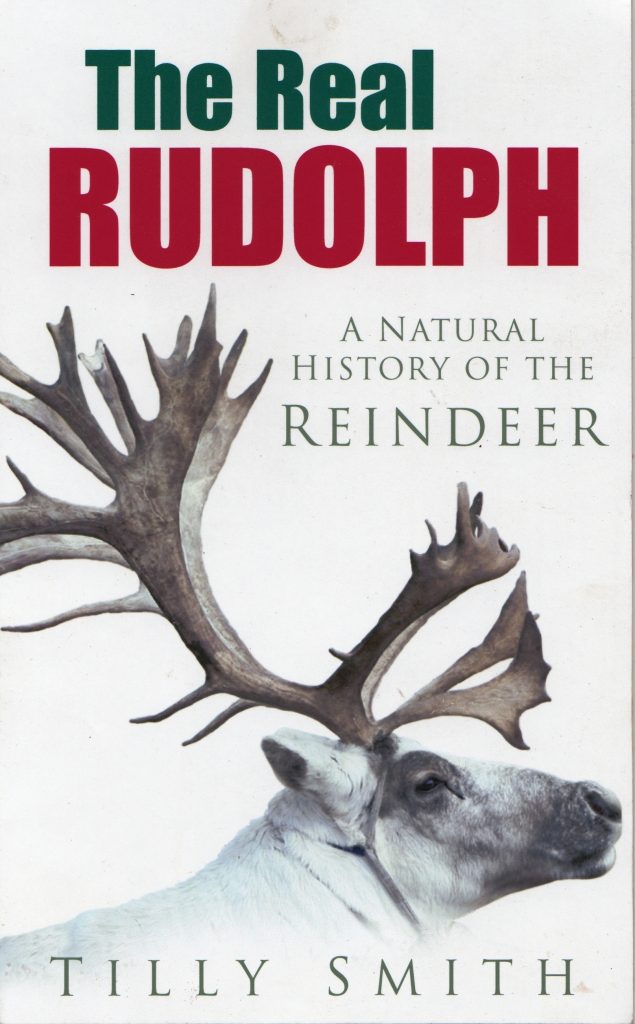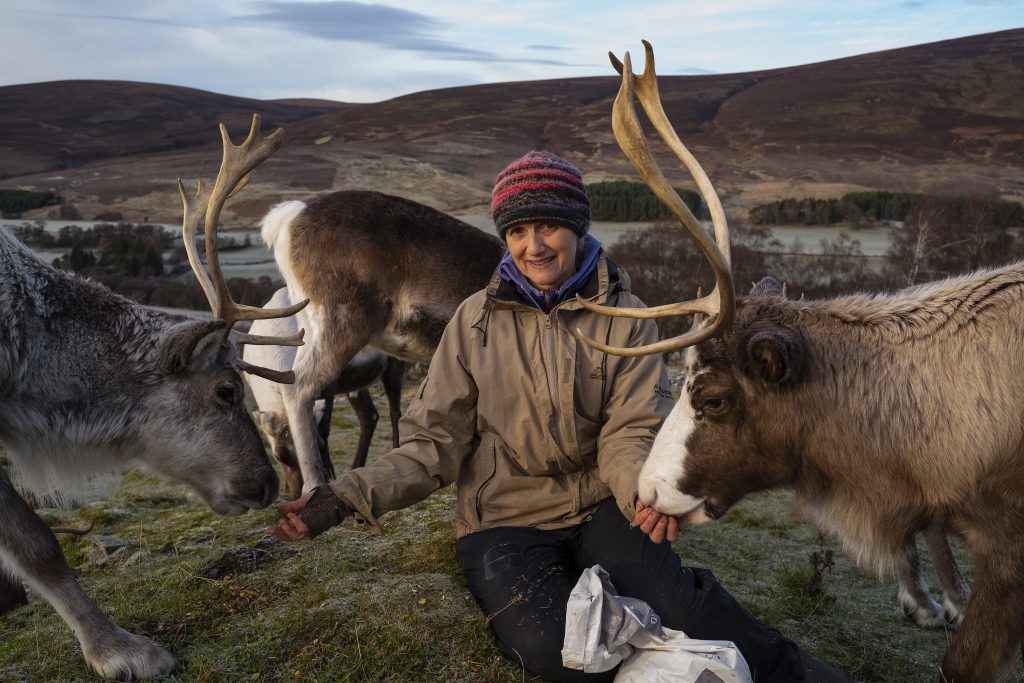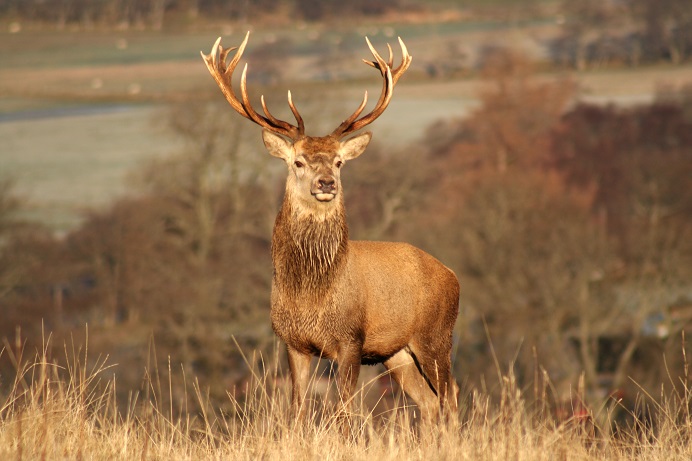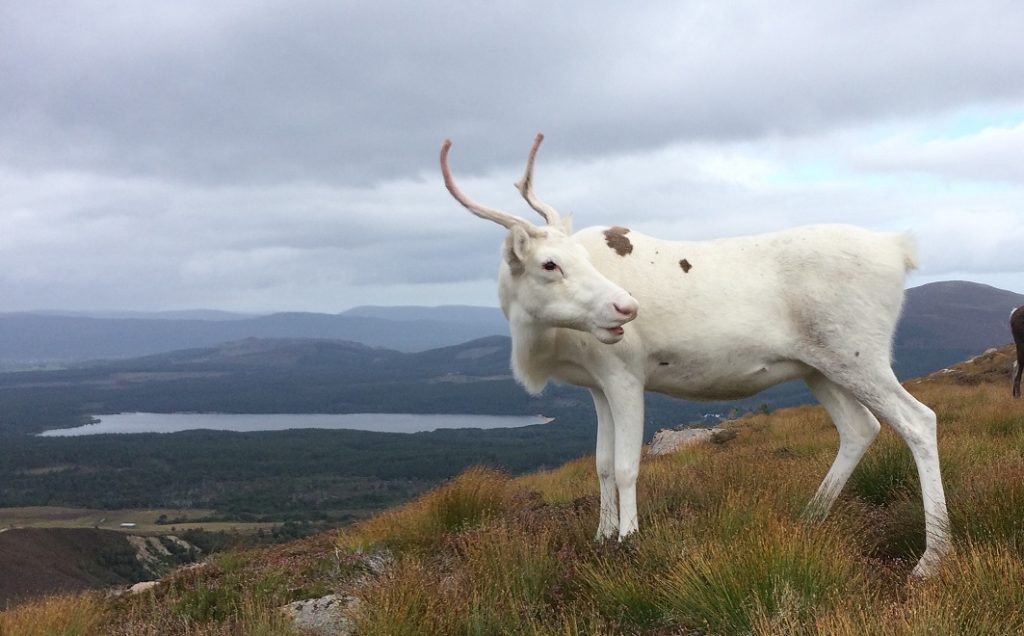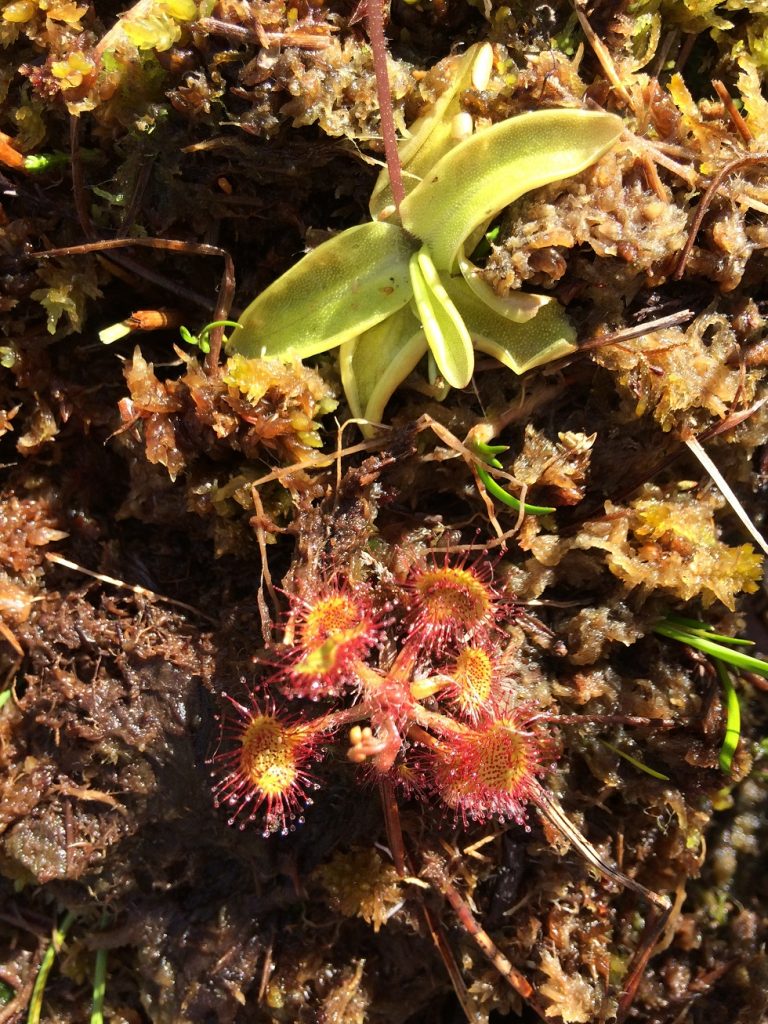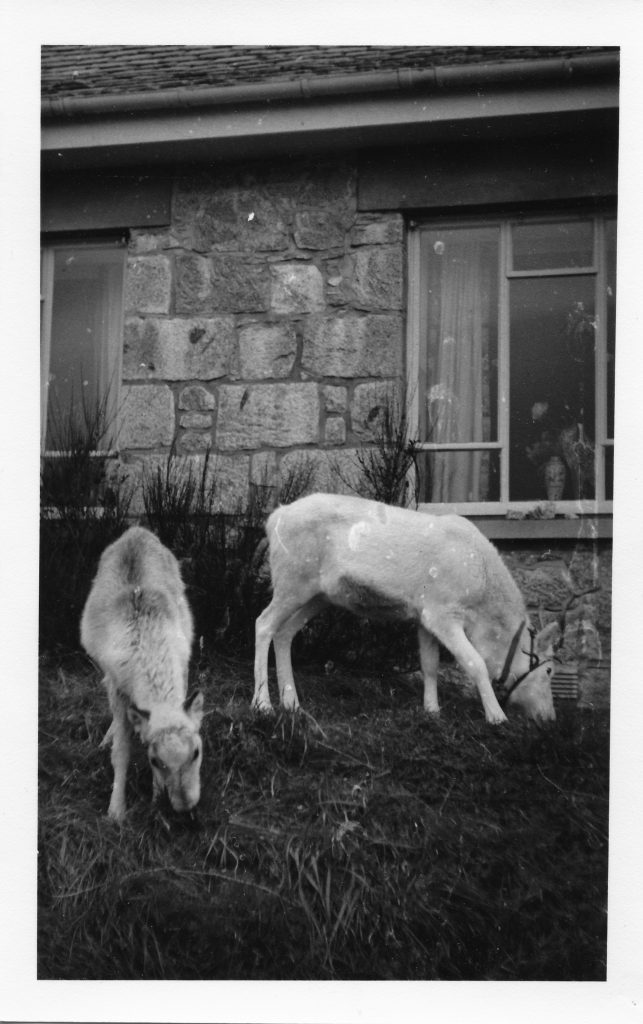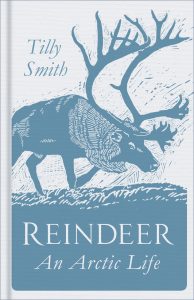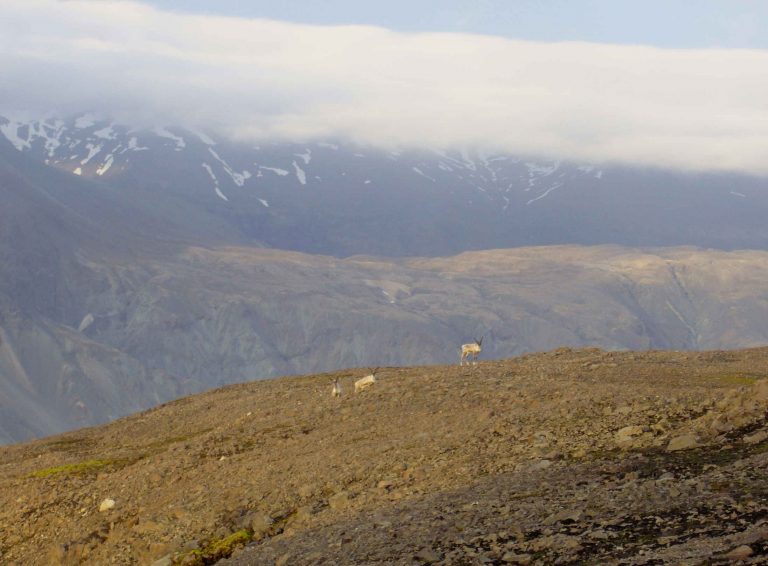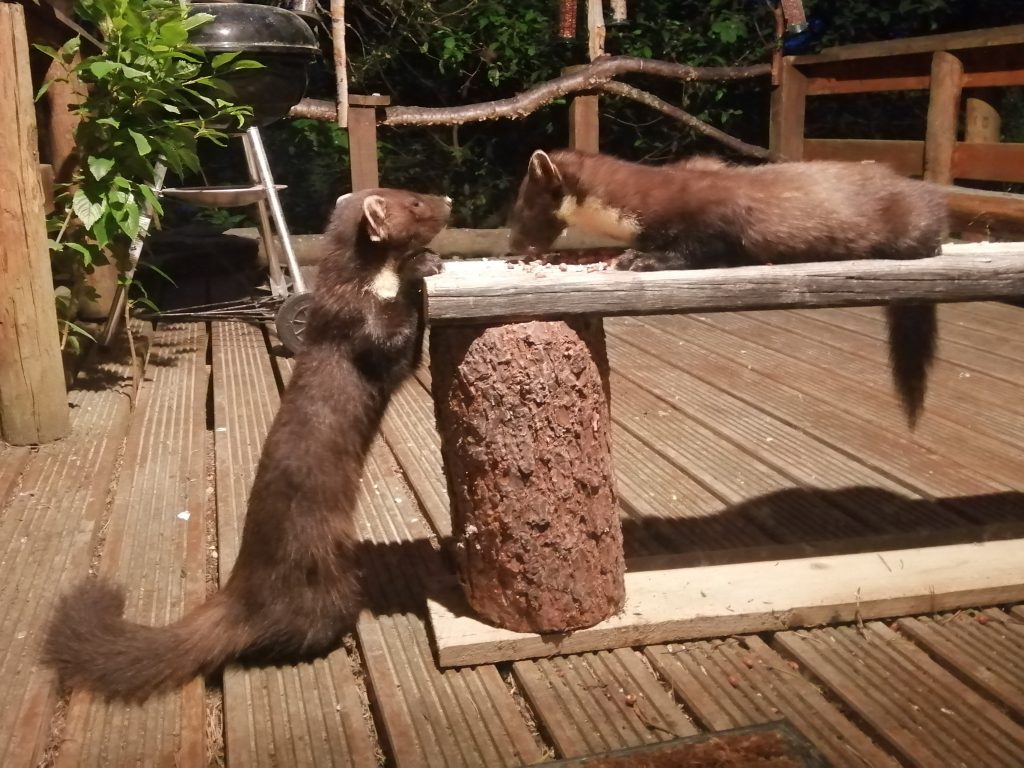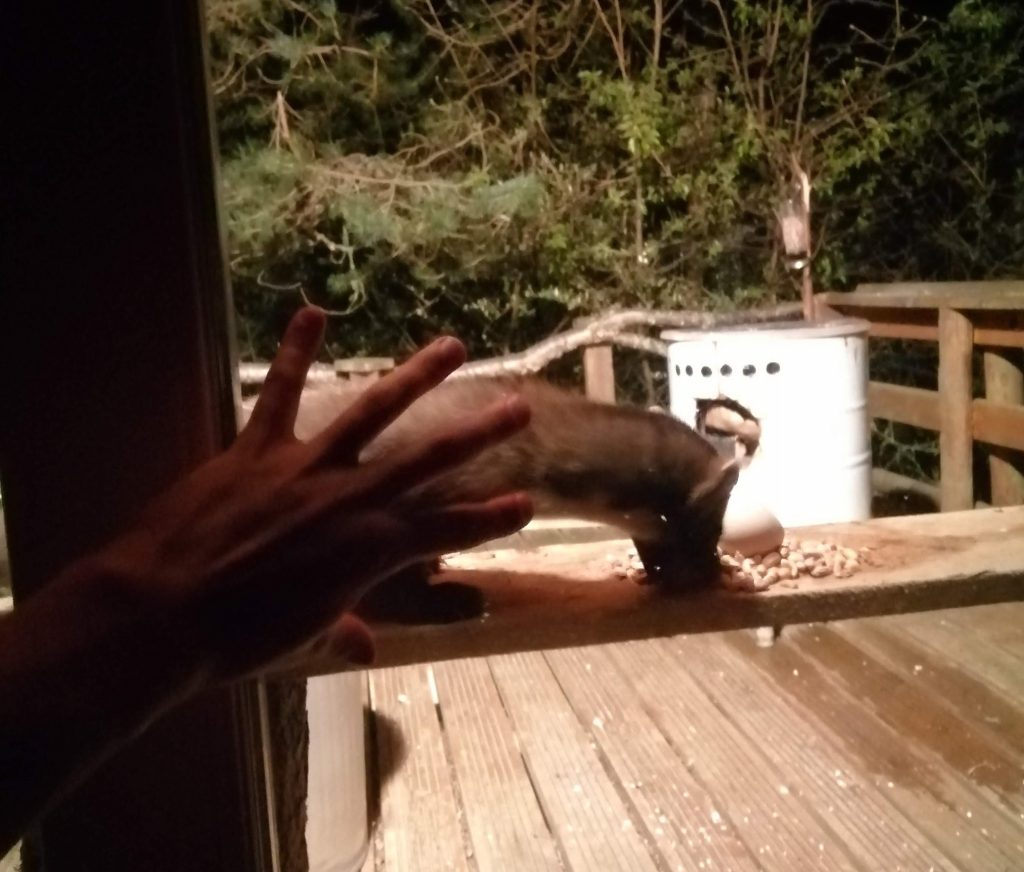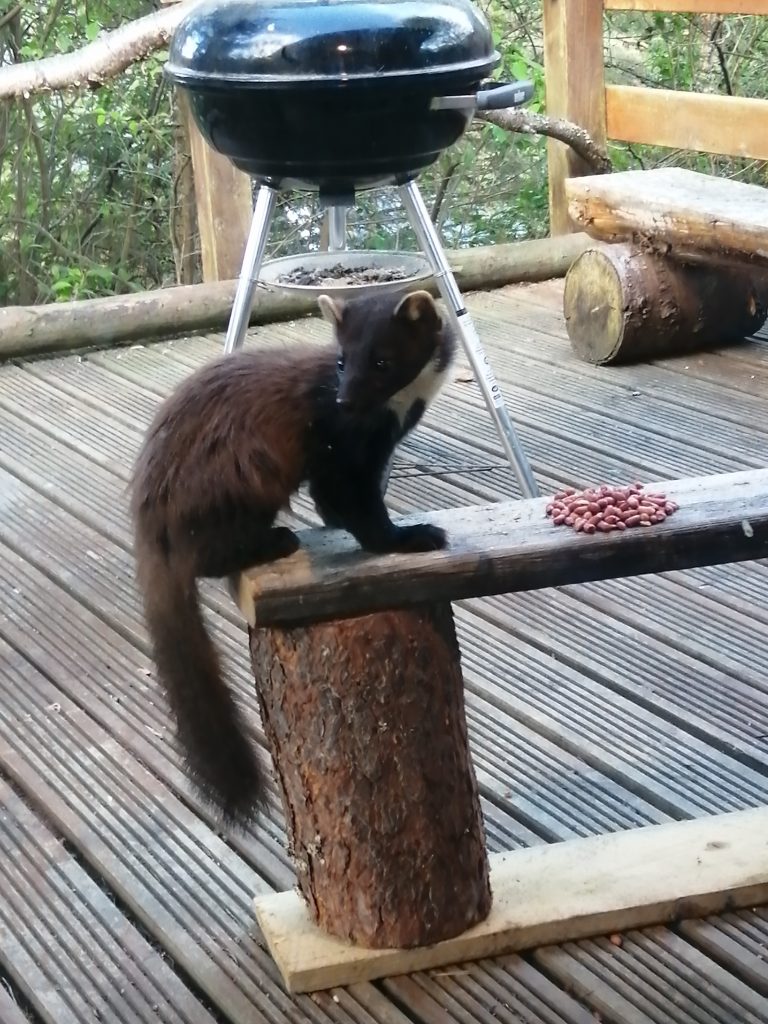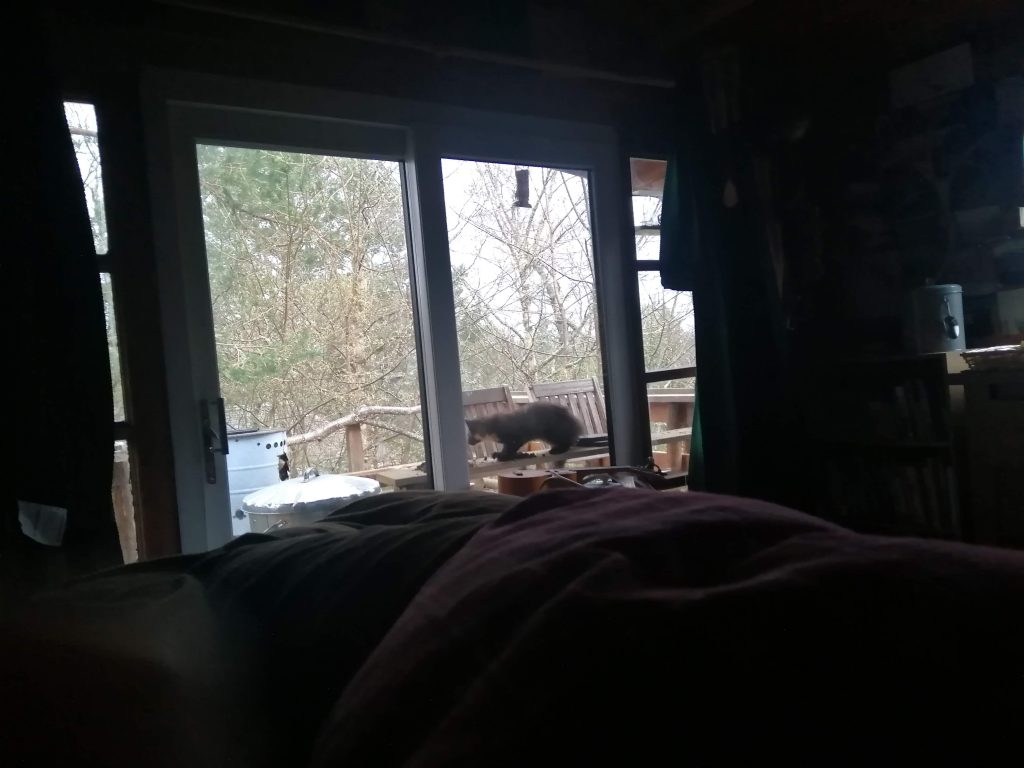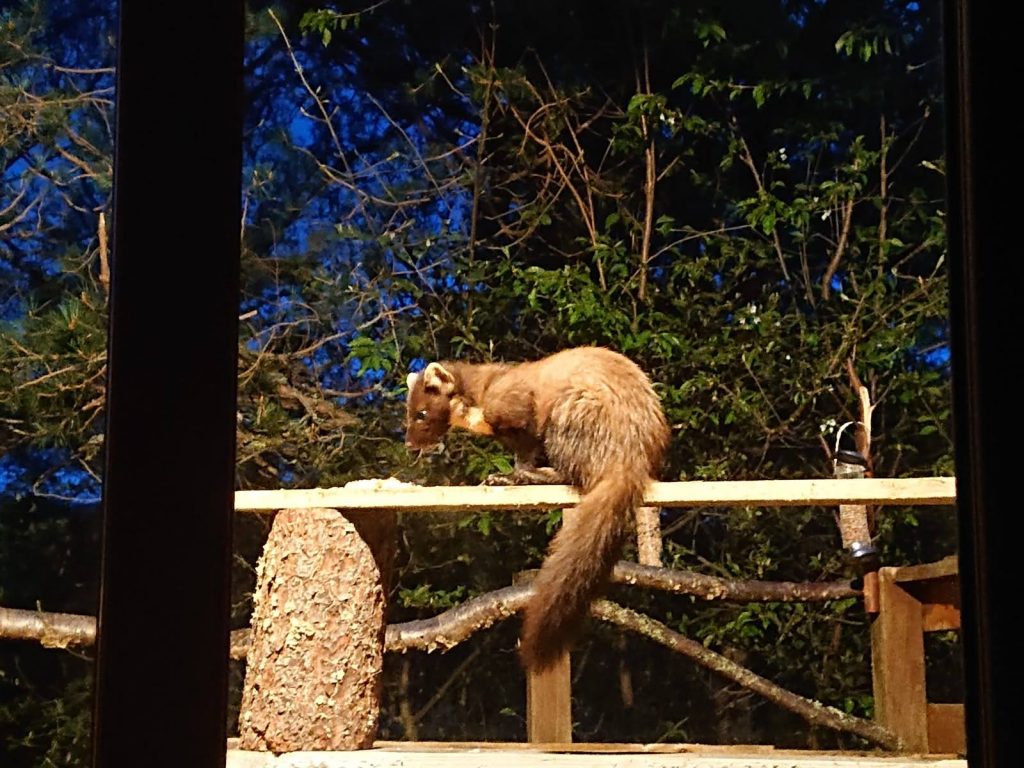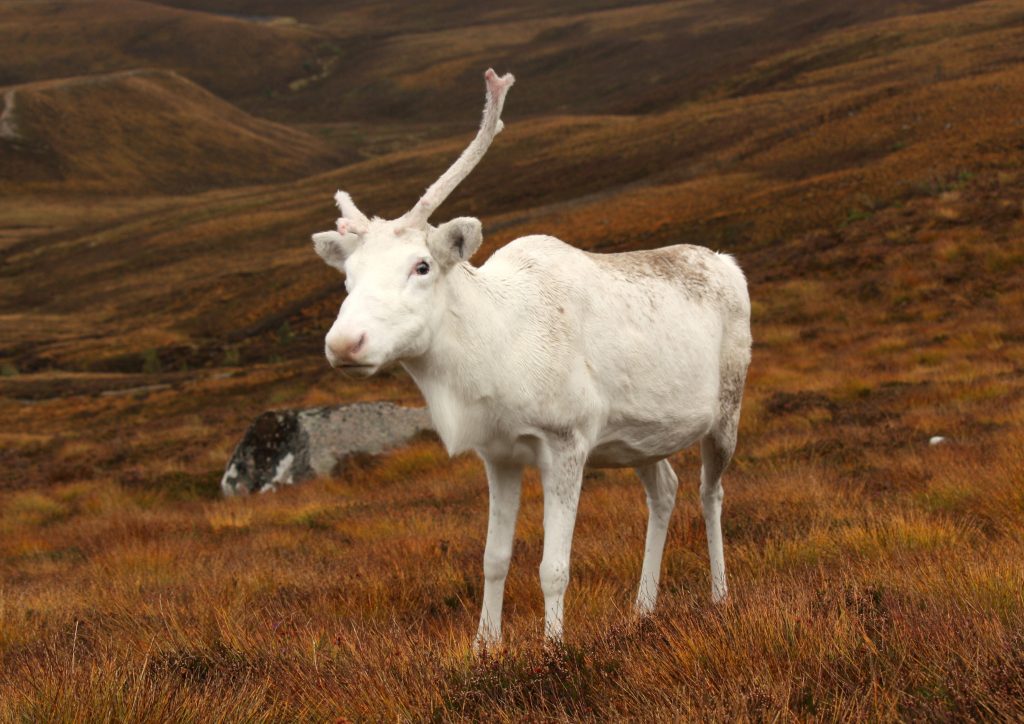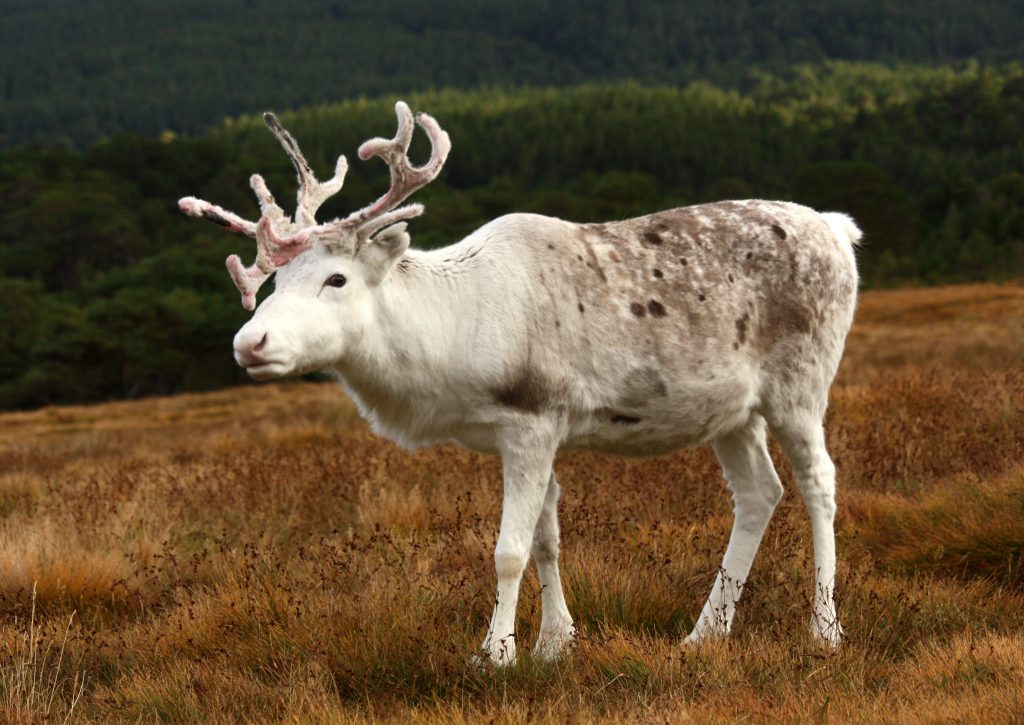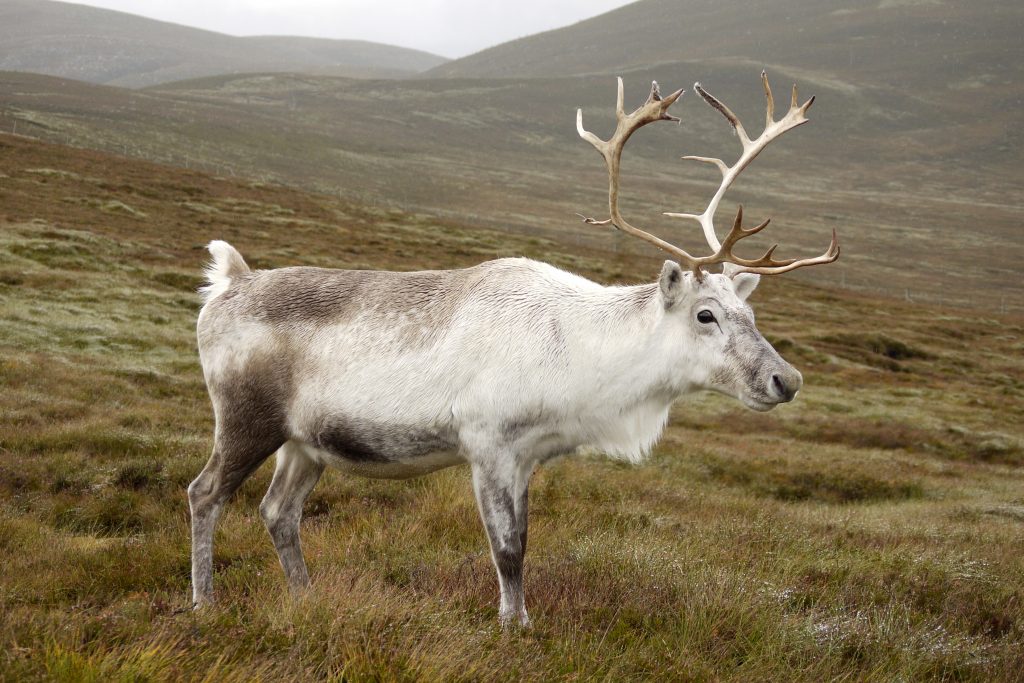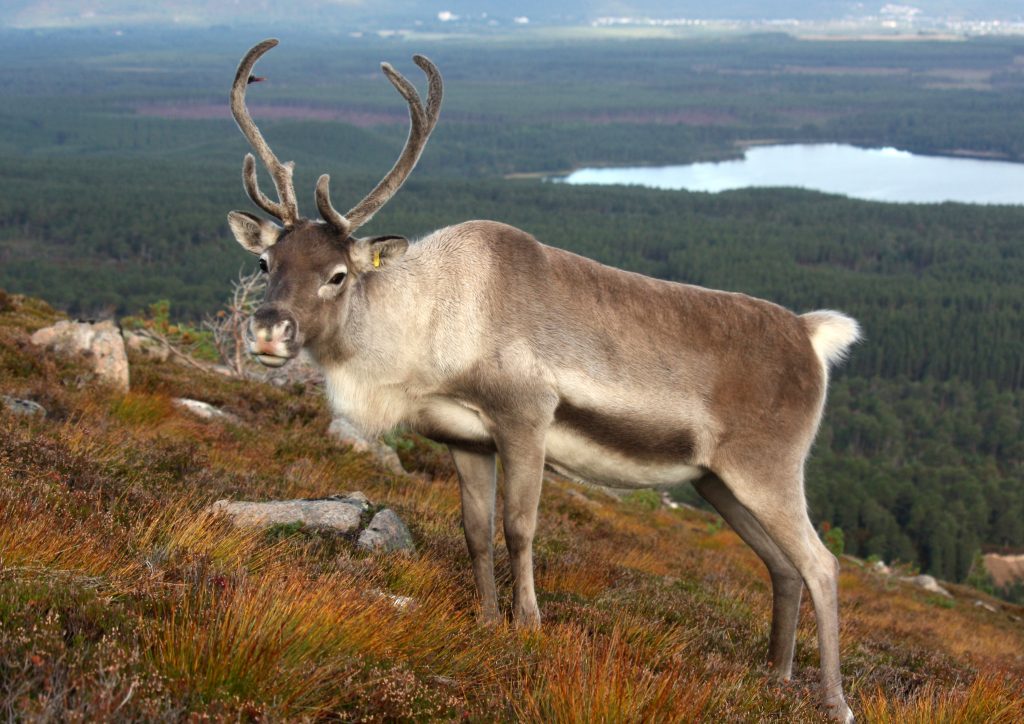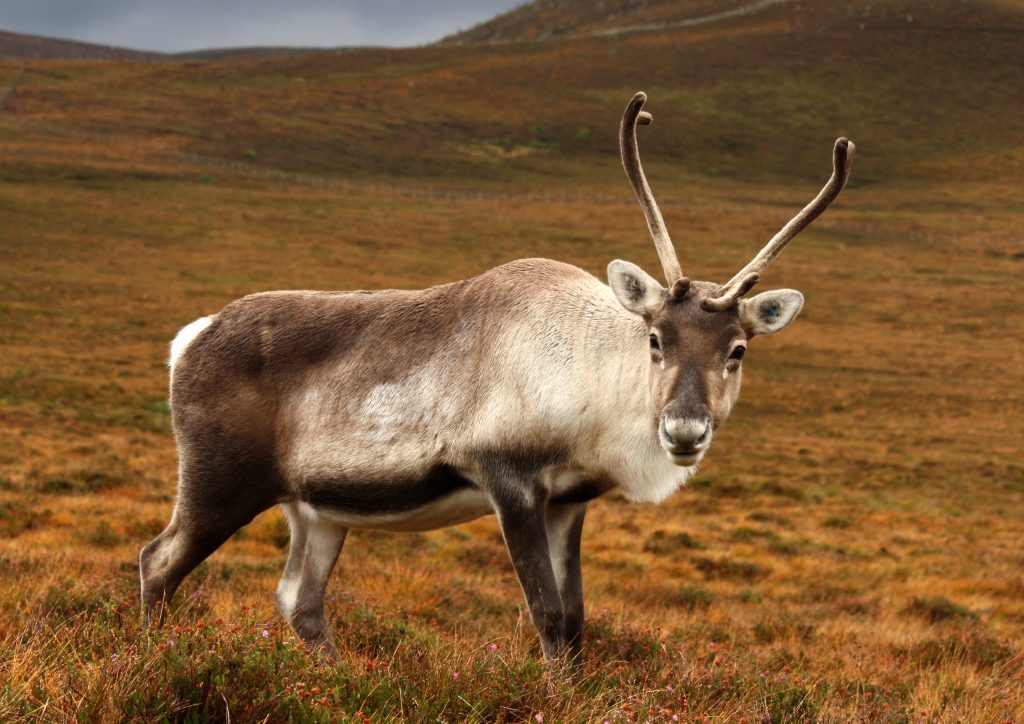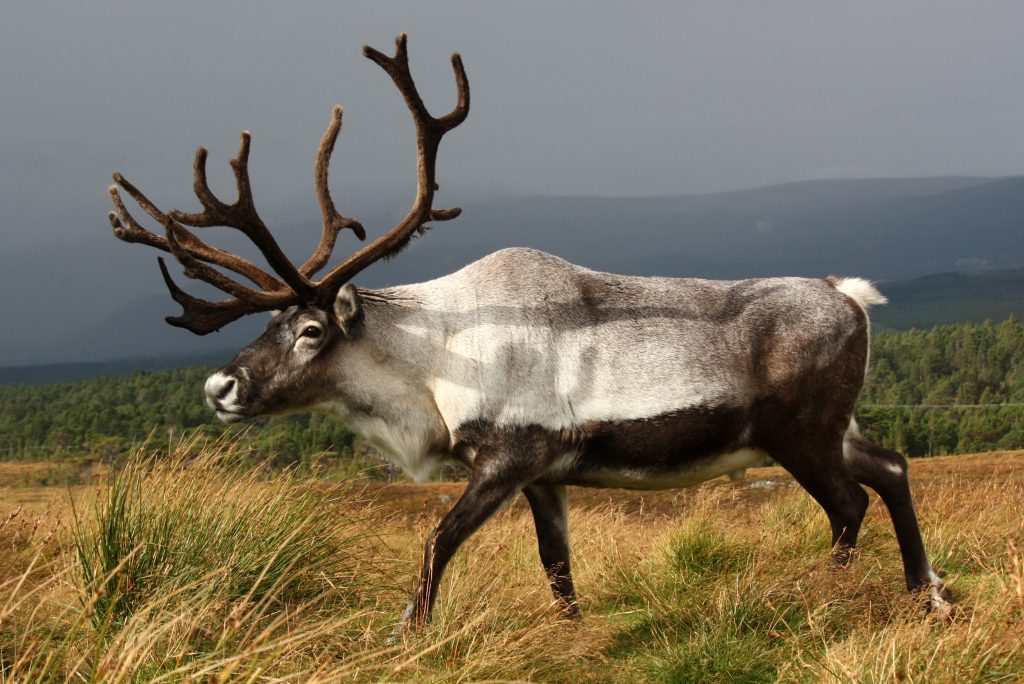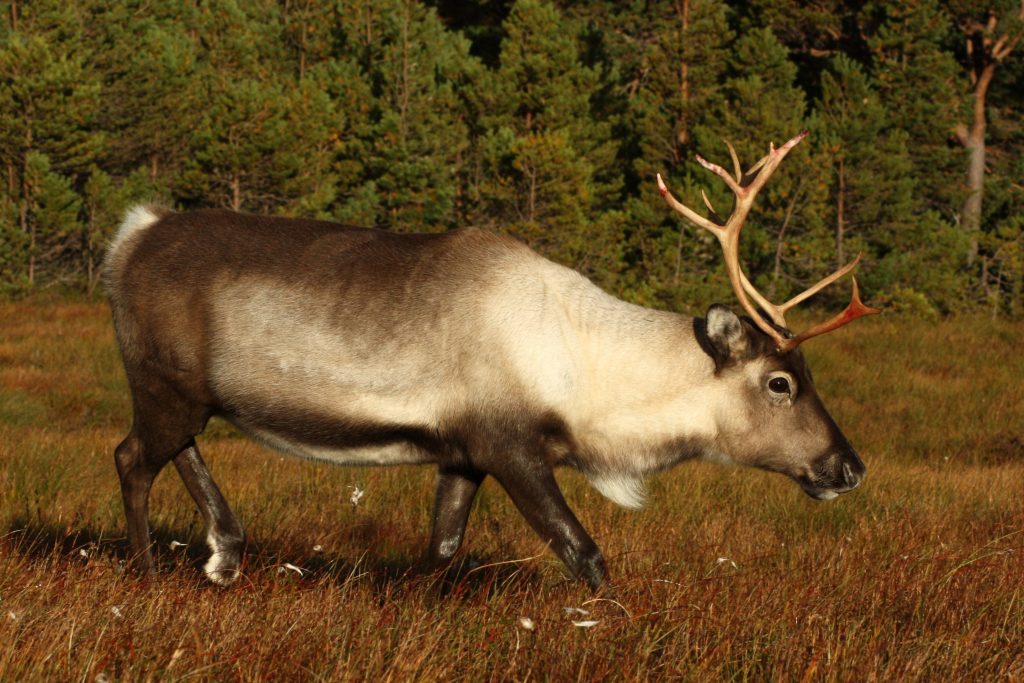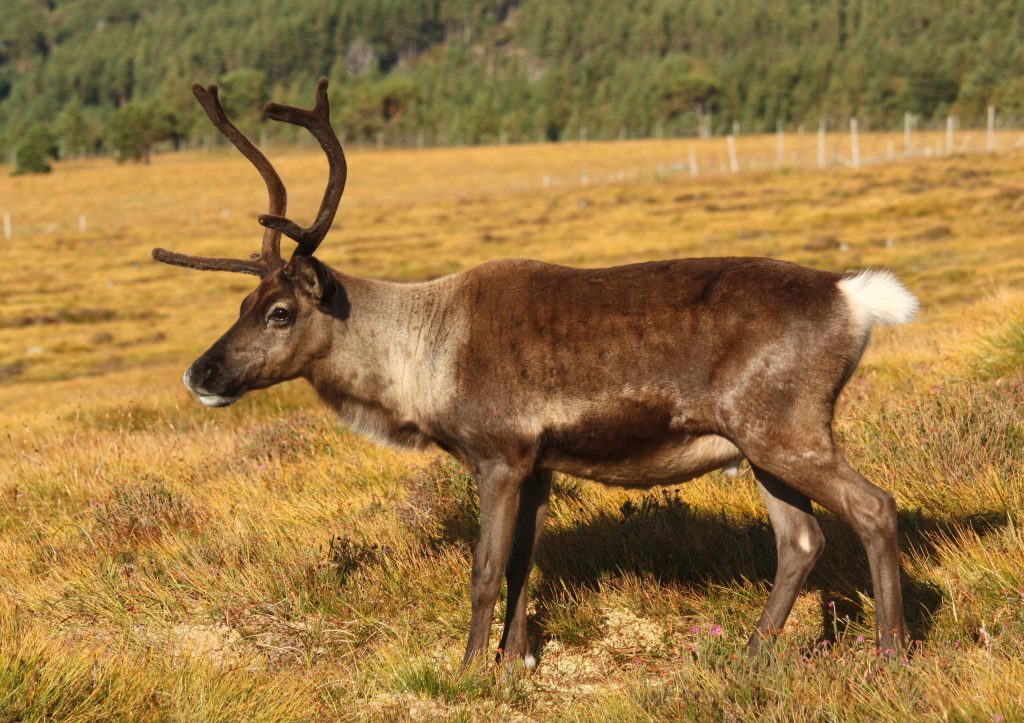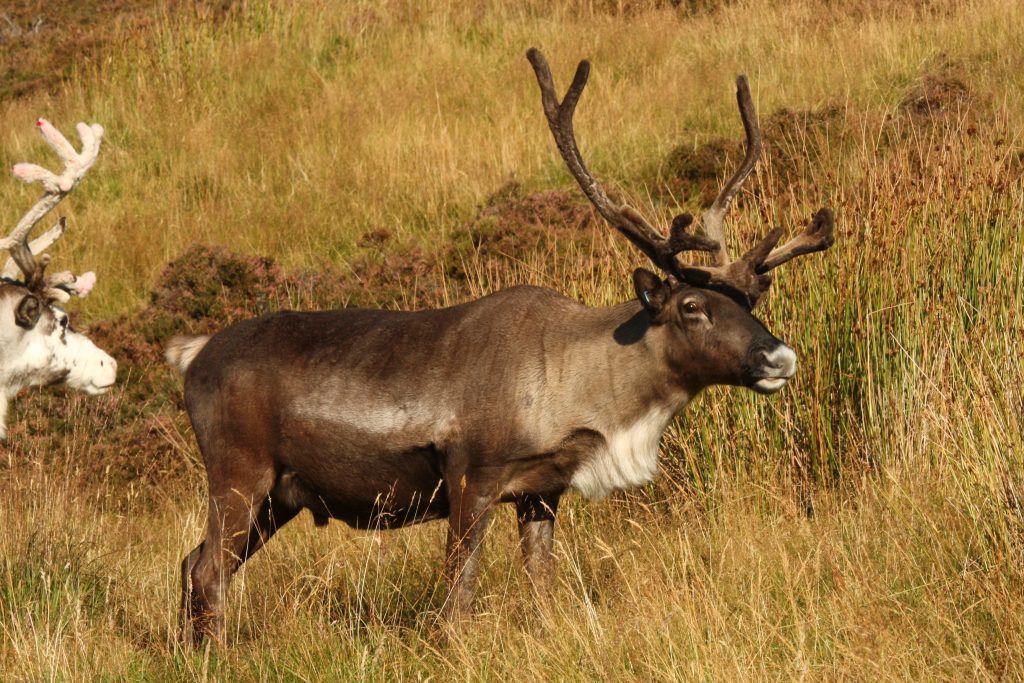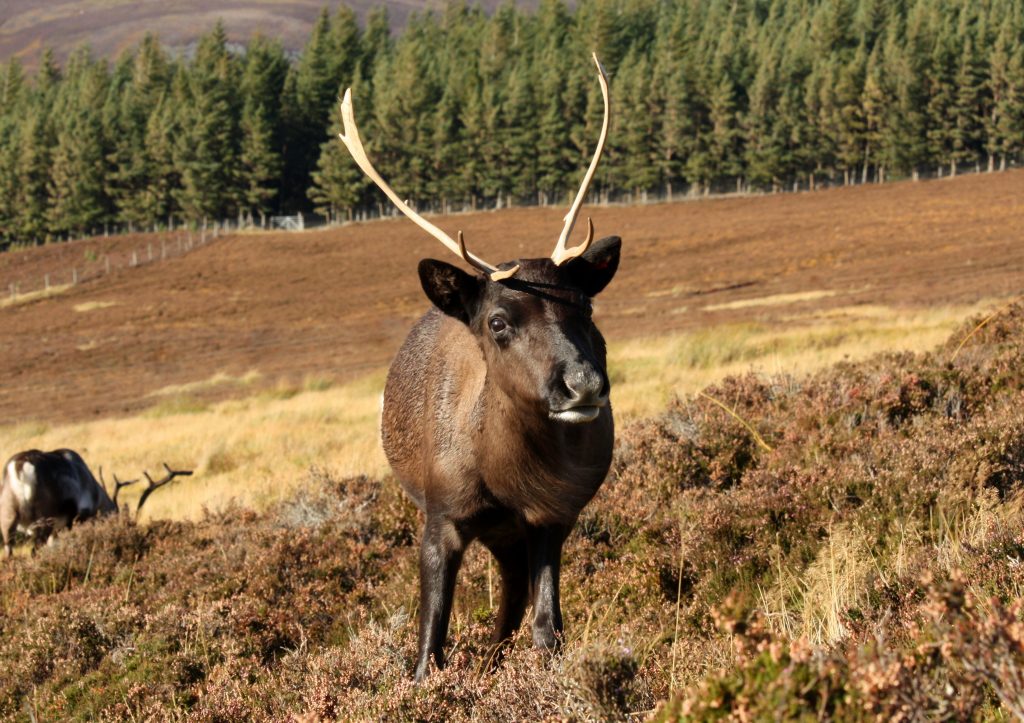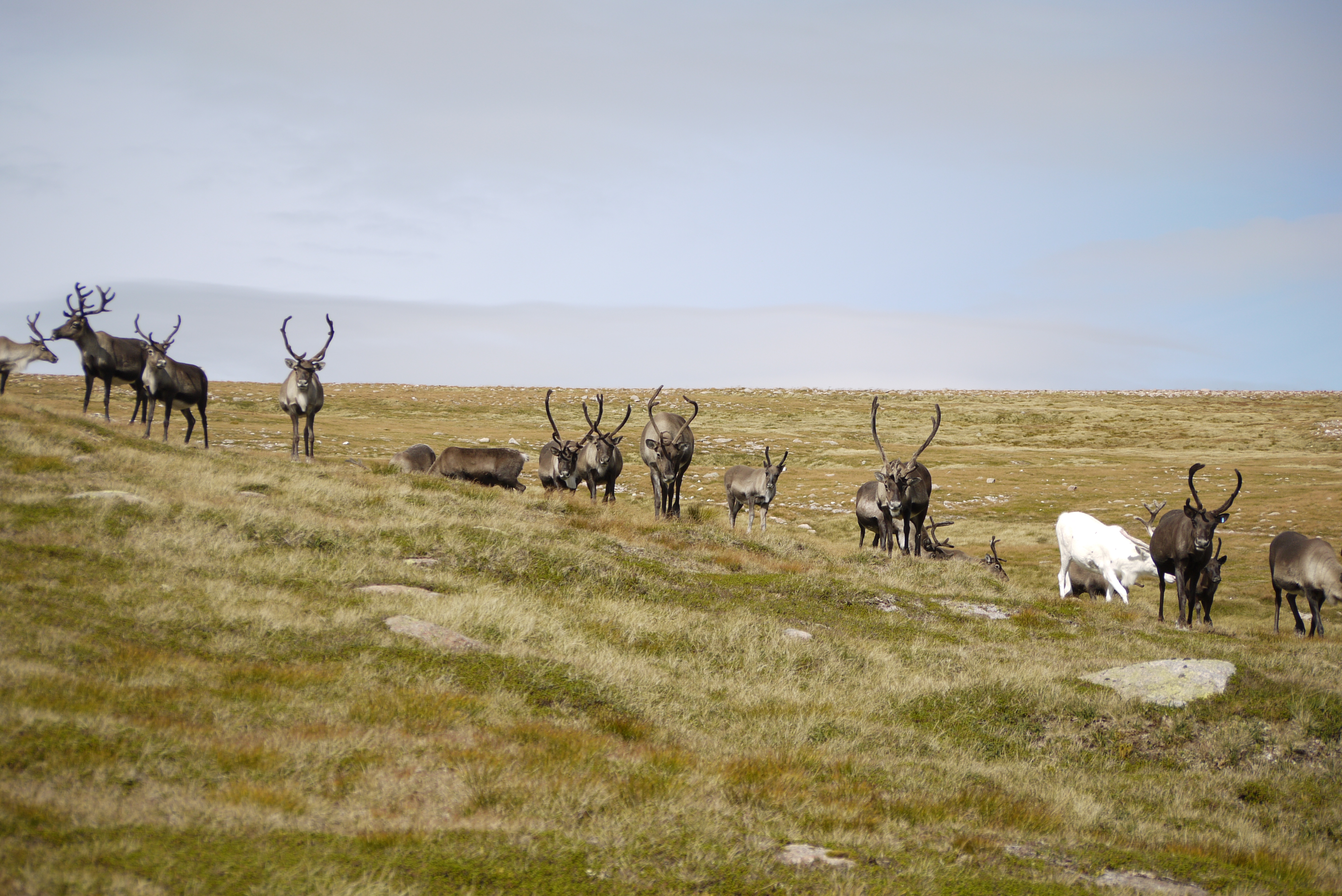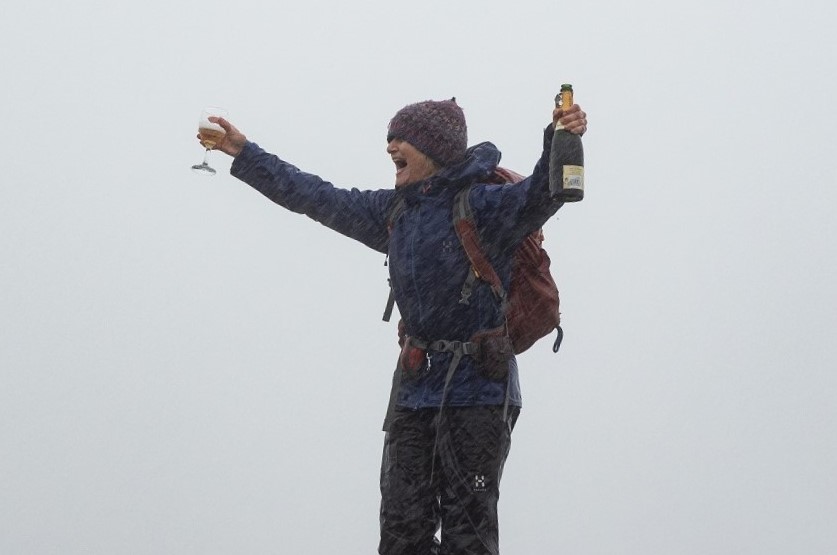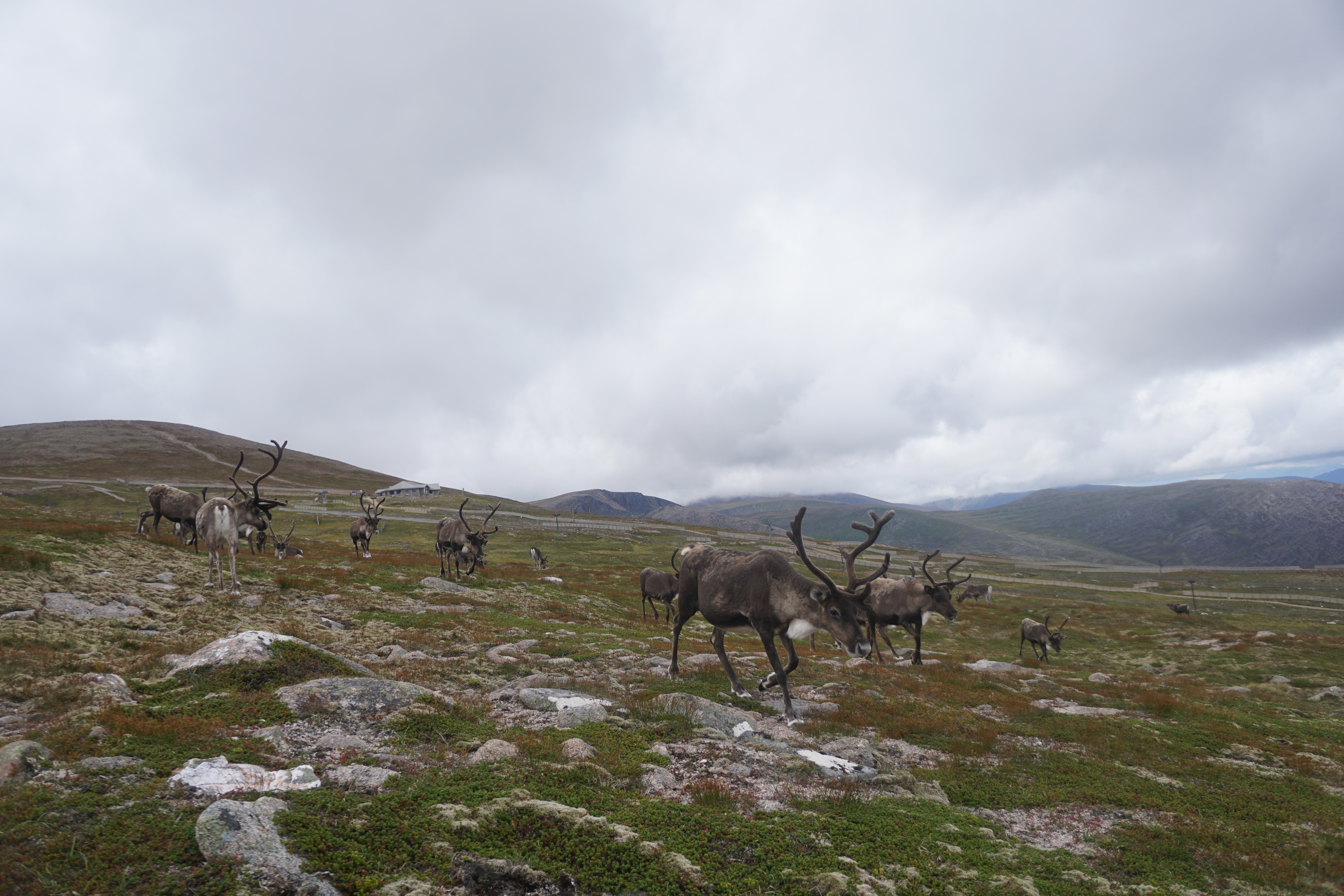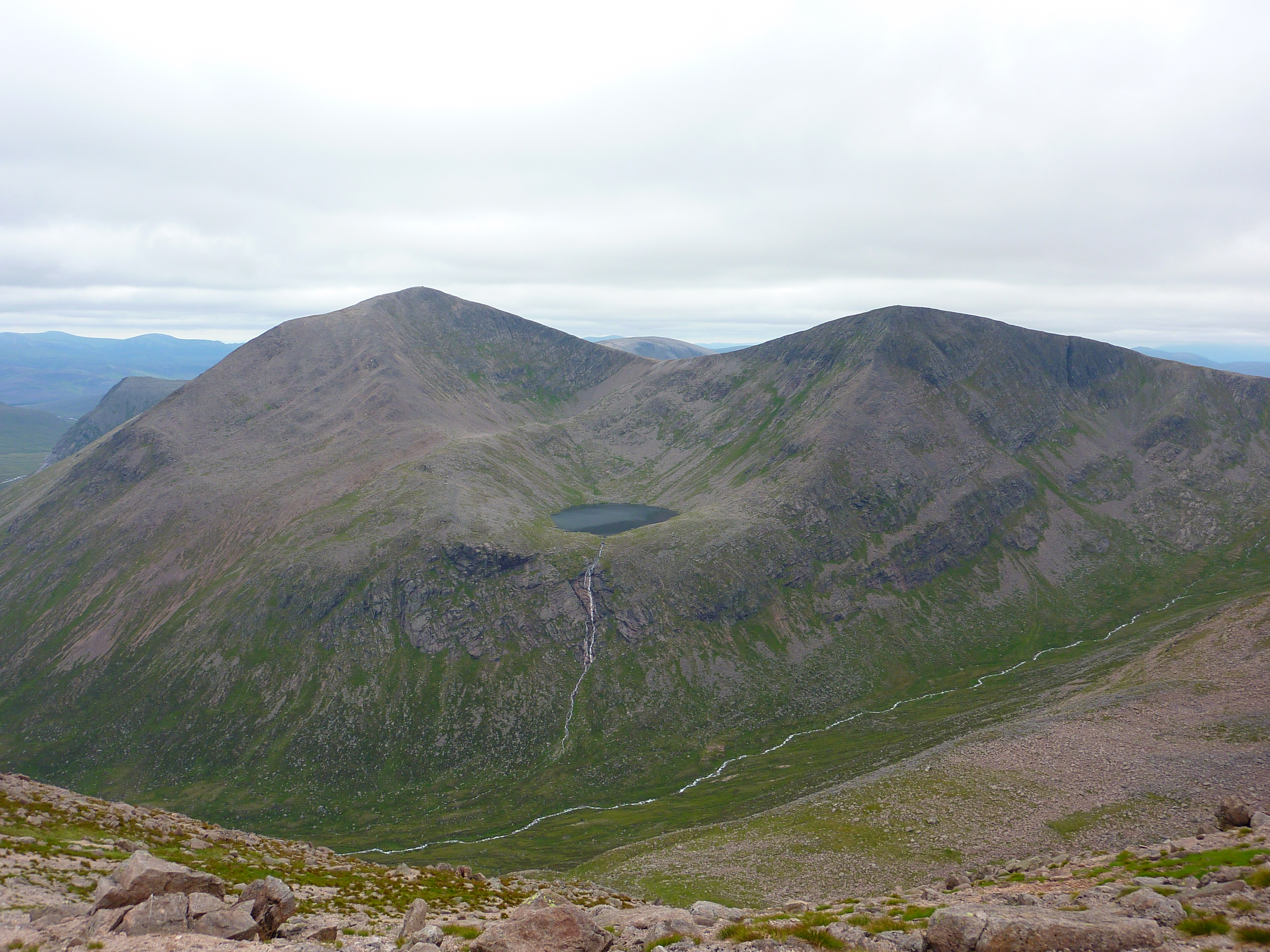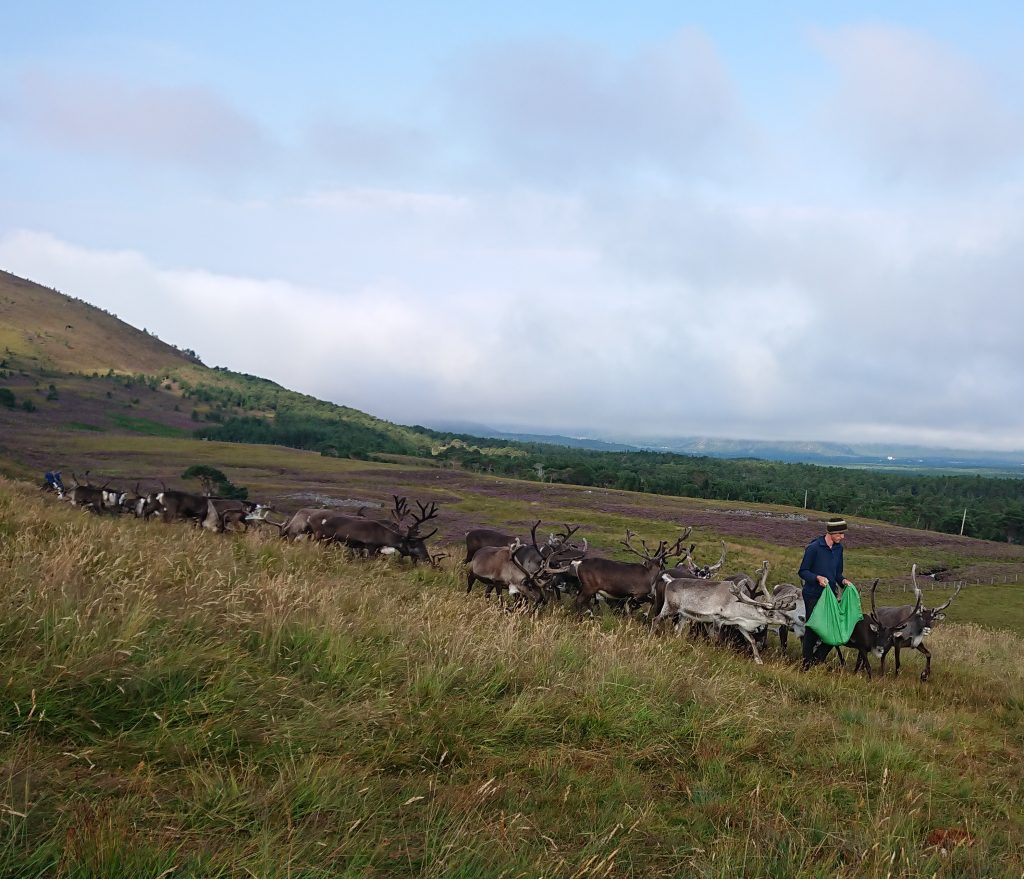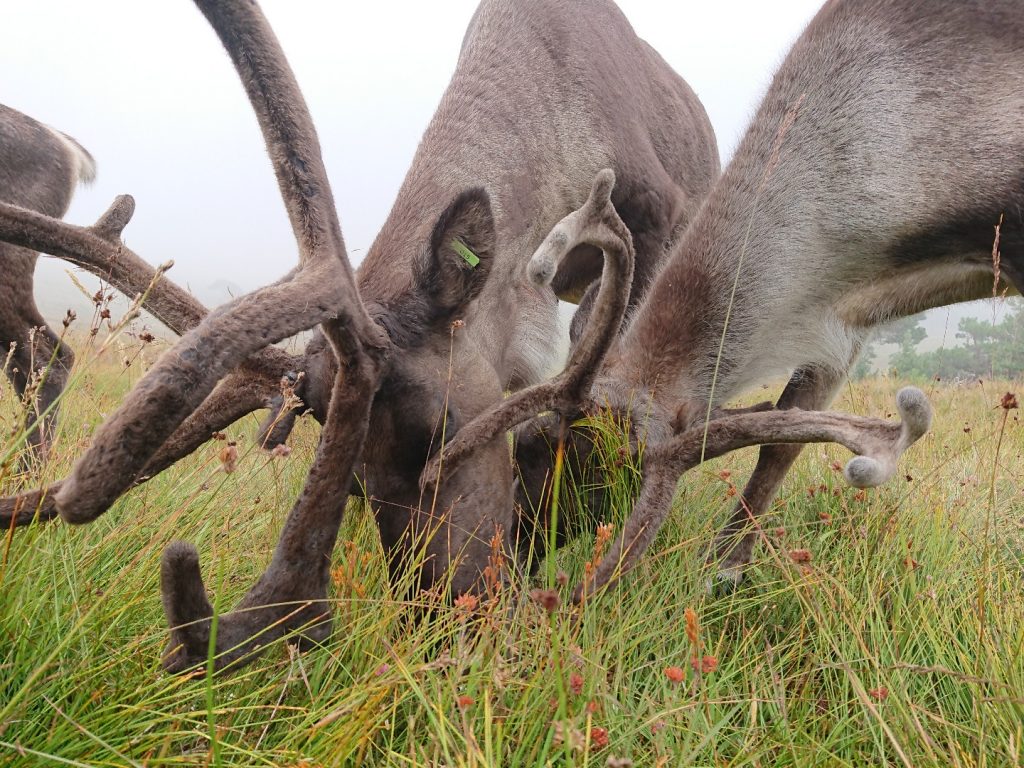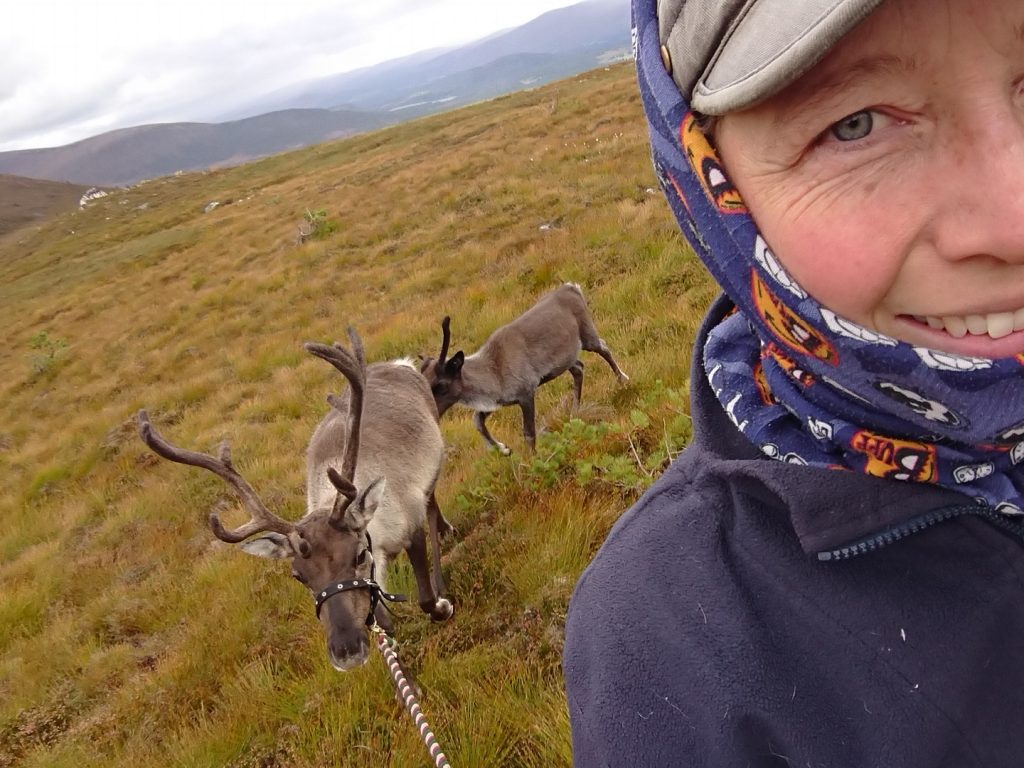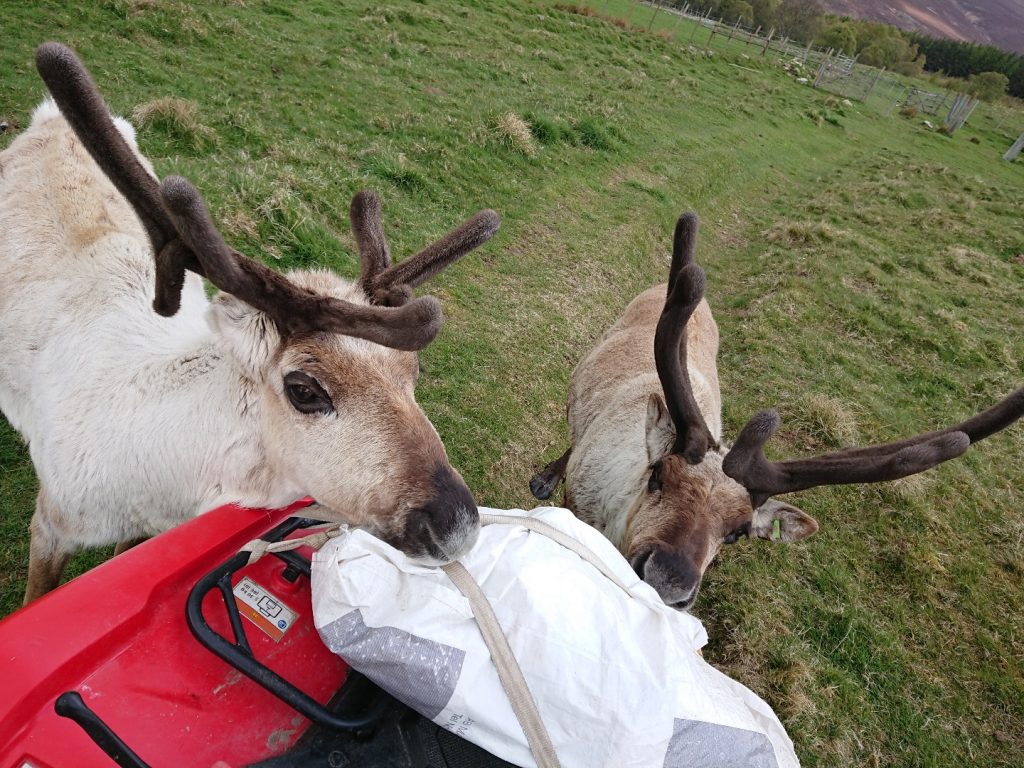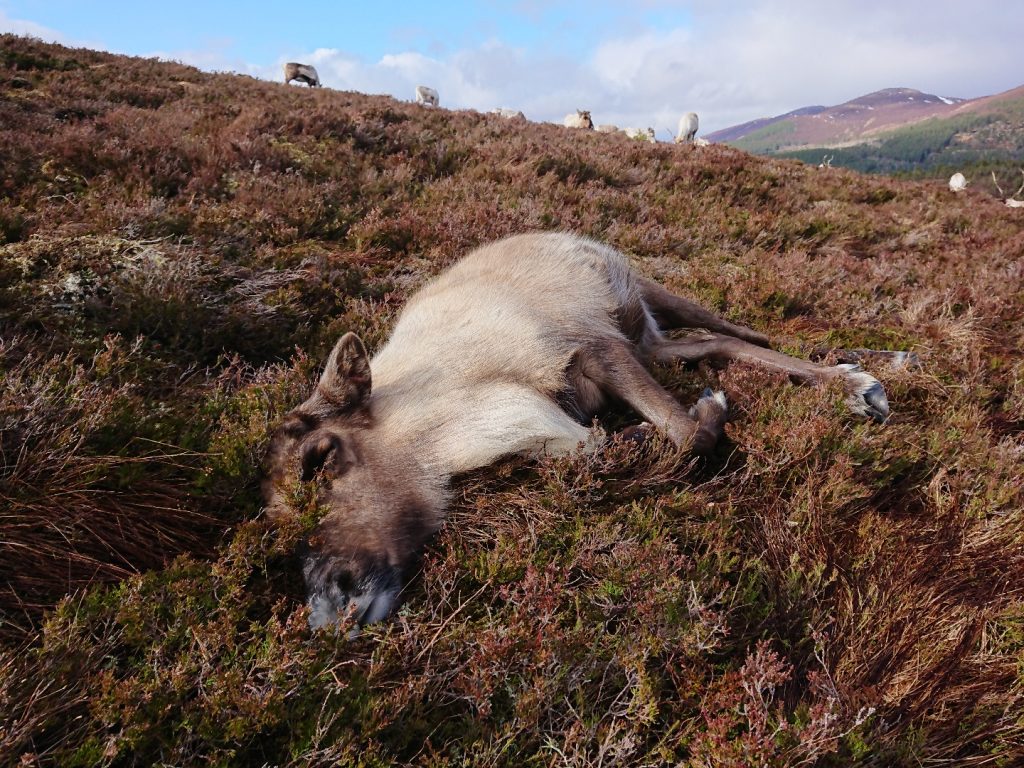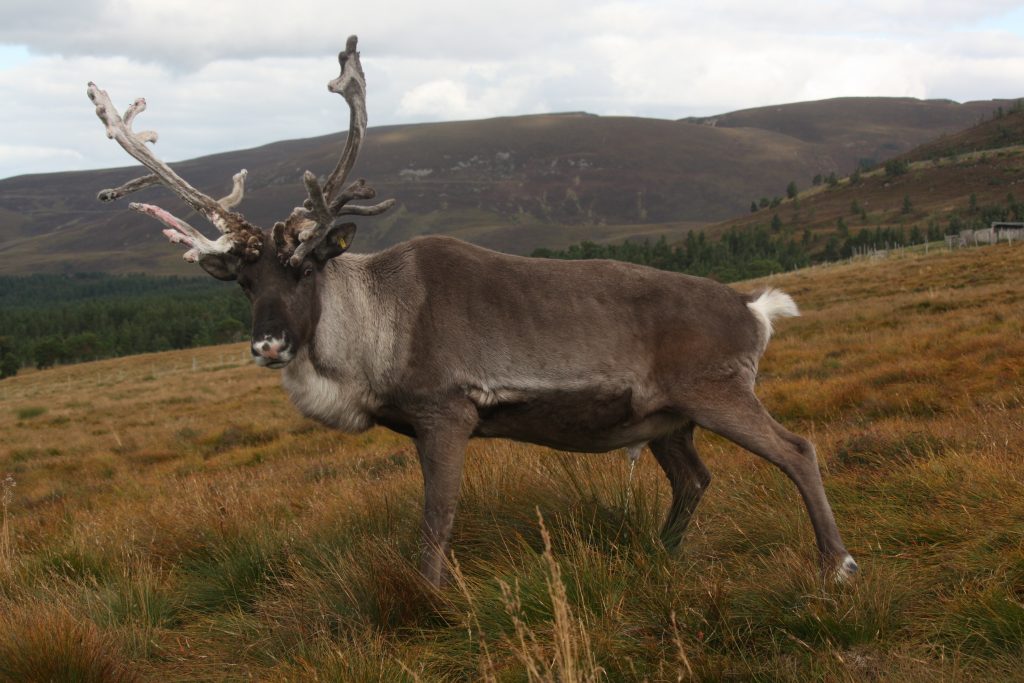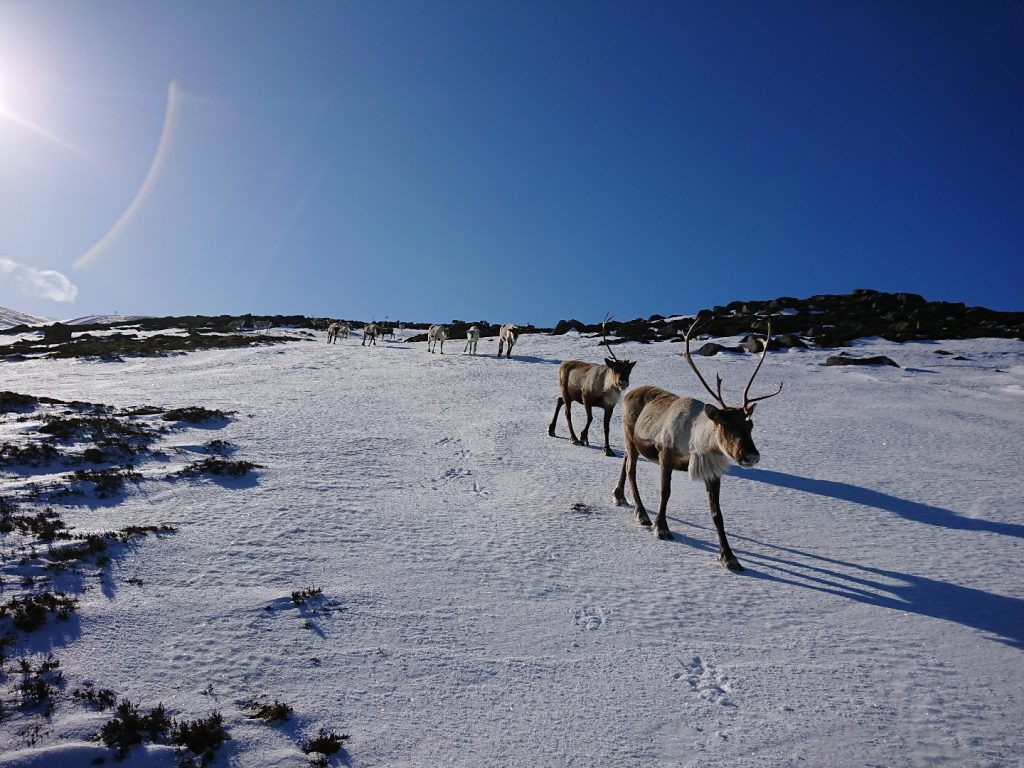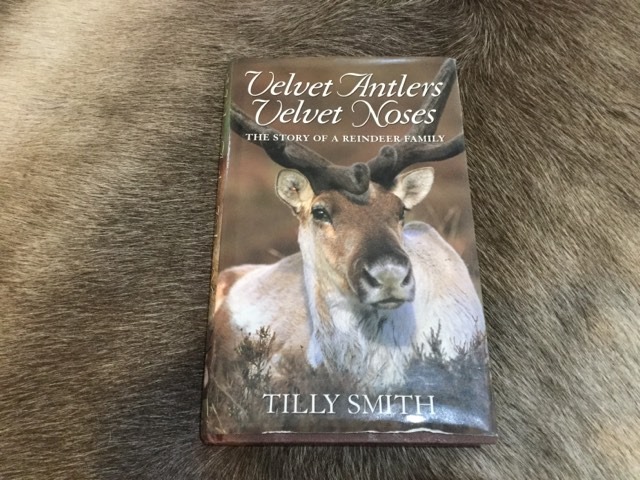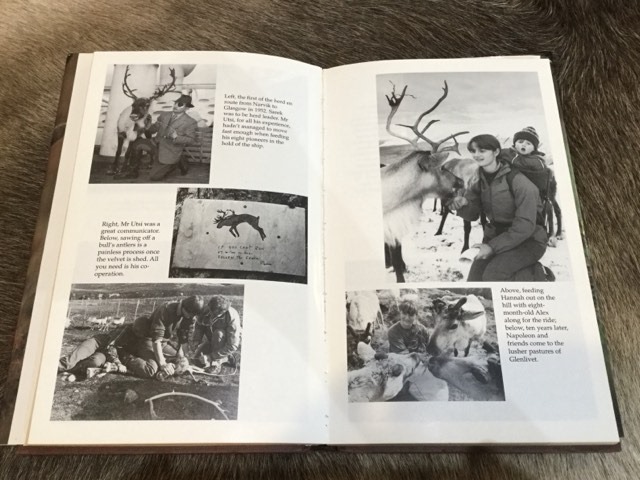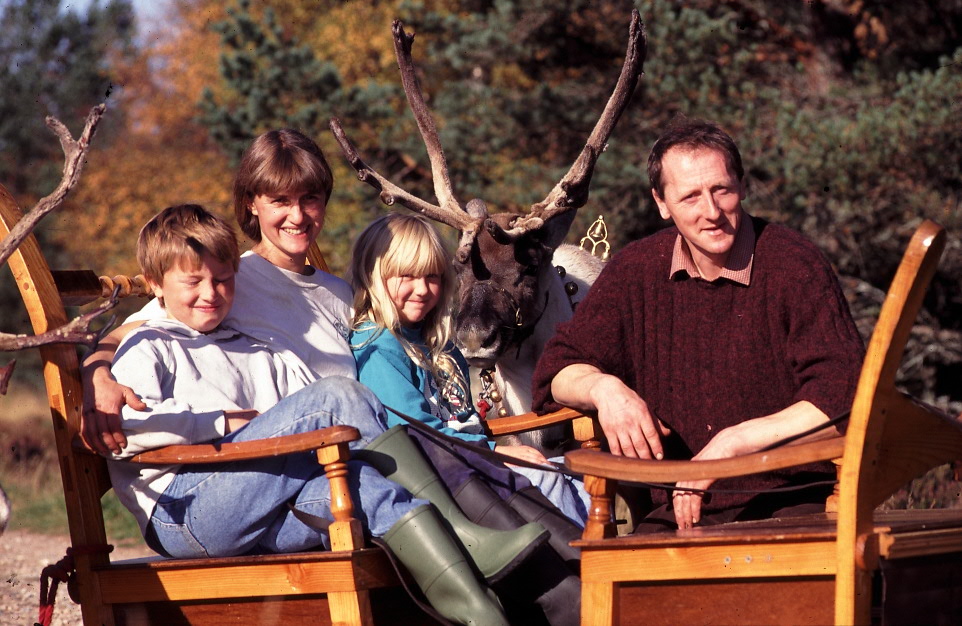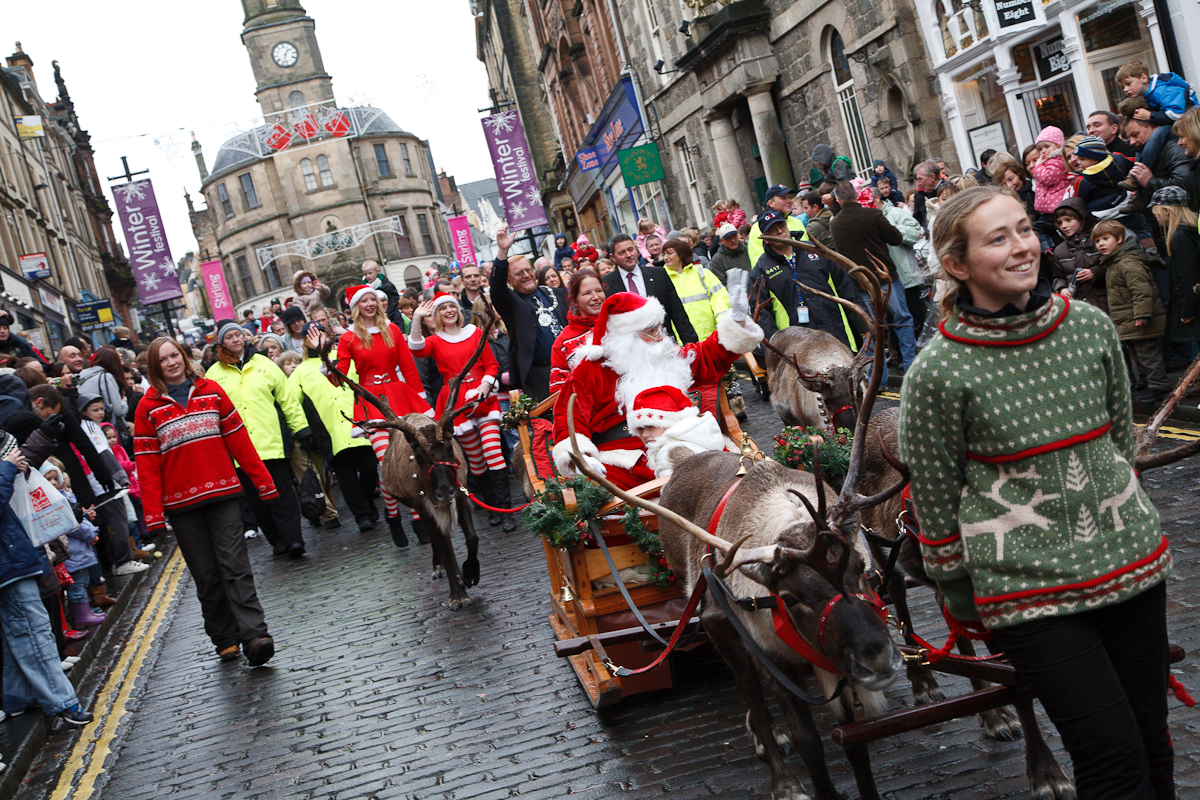Following the TV programme on Channel 4, ‘A Baby Reindeer’s First Christmas‘, we have been overwhelmed with lovely letters of support, incredibly generous donations and new ‘adopters’. It really has been a fantastic lifeline for us here at the Cairngorm Reindeer Centre and I can honestly say our lovely reindeer have touched the hearts of many, both at home and abroad.
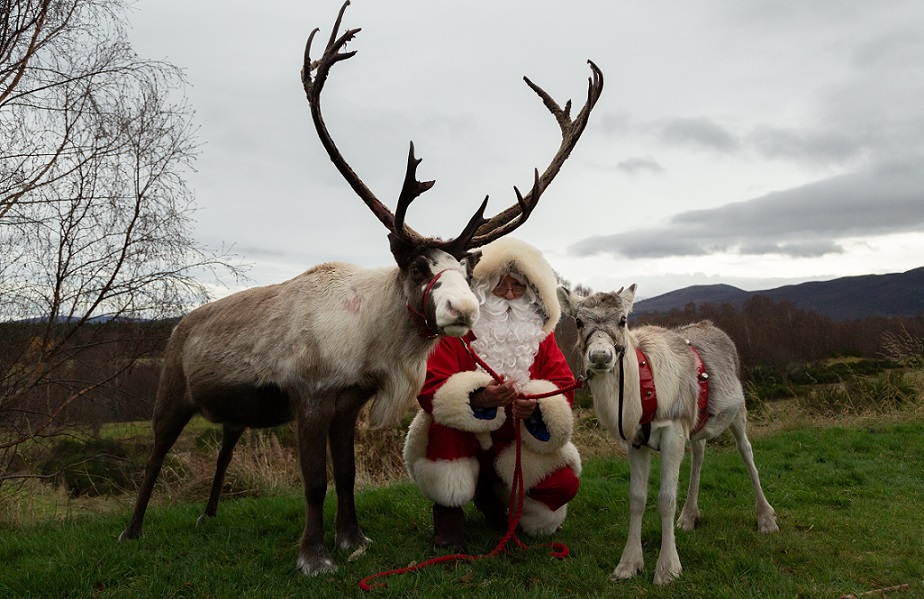
The lovely letters we have received have been incredibly varied and while protecting people anonymity I thought it would be nice to share some of the contents of these letters.
A young lass from the Midlands sent a wonderful letter, written and illustrated by herself. Her attention to detail was amazing and I can’t resist sharing her lovely drawings with you.
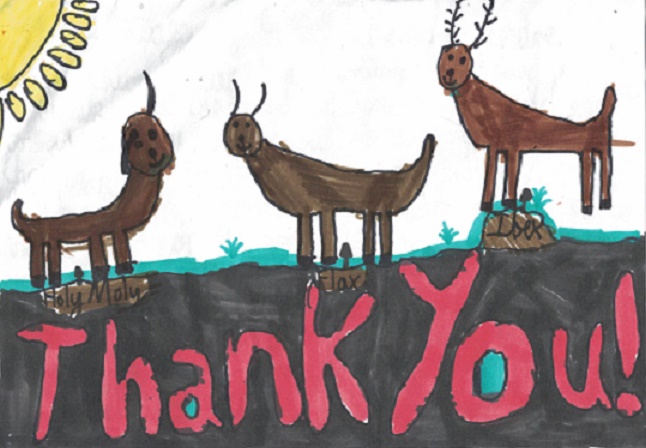
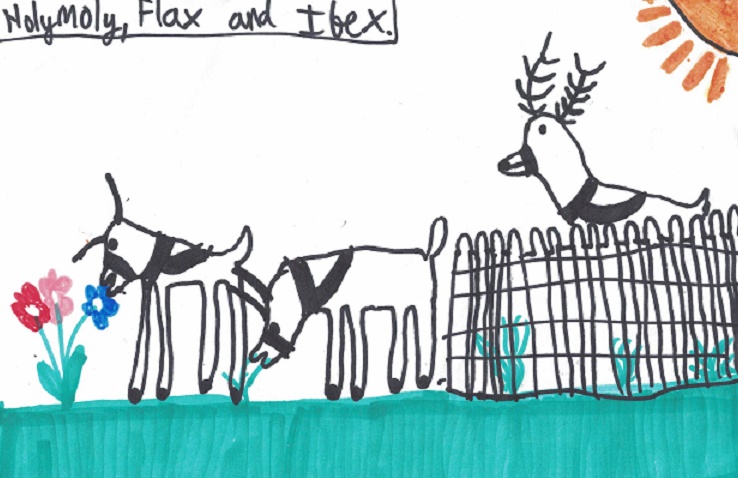
If any of you budding young reindeer enthusiasts would like to also send in anything we would love to receive it. Getting letters through the post is always special and here at The Cairngorm Reindeer Centre we would love to receive any works of art or prose! Our postal address and email address can be found on the Contact Us page of our website.
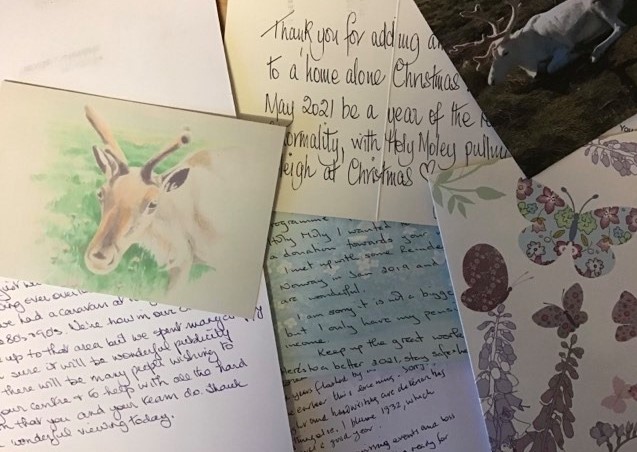
Quite a number of letters and cards came from people reminiscing about days gone by, maybe an occasion when they met the original owners of the herd, Mikel Utsi and Dr Lindgren. Although we have a considerable archive here at Reindeer House of the history of the herd, many of the stories recalled were new to me and so all the more interesting.
I smiled at the recollection of one couple who attended a talk given by Dr Lindgren and described her as ‘large’ (not fat) and very straight backed and a loud voice. Well I certainly chuckled at this description! Dr Lindgren indeed a very tall lady and the above description hits the nail on the head. I knew Dr Lindgren well in her latter years and I was terrified of her! She was so worldly, intelligent and dominant, but she was also kind and considerate when necessary. I would love to hear from anyone who knew her personally and has a story to tell – she was quite a character and had many different interests and skills, other than reindeer.
And then there was a lady who met Mr Utsi, in North Sweden, before the first reindeer came to Scotland in 1952. This was a lovely encounter, which was described in detail to us. Back in 1951, the lady who wrote to us went on a skiing expedition with her school to Swedish Lapland. Many of them had never skied before, but quickly got to grips with the sport and by all accounts had lifetime memories from their time there. While there they were taken to see a herd of reindeer and the owner Mikel Utsi told them that he was introducing his reindeer to Scotland! What a wonderful memory and I am so glad this lady was able to see the TV programme on Christmas Eve and see just how it is all those years later!
There was a strong common theme through the many letters we received with comments as follows:
‘ best viewing ever over the Festive season’
‘Thank you for adding ‘animal magic’ to a home alone Christmas’
‘A Baby Reindeer’s First Christmas was absolutely brilliant and a stroke of genius – wonderful publicity, informing such a wide audience of all the great work you are doing for the community’
‘The programme brought back lovely memories of when we used to visit you in your early days’
So thank you from the bottom of my heart to everyone you has been in touch to reminisce, donate and adopt reindeer. It has been a huge help to us and most importantly ‘put a smile on our faces’.
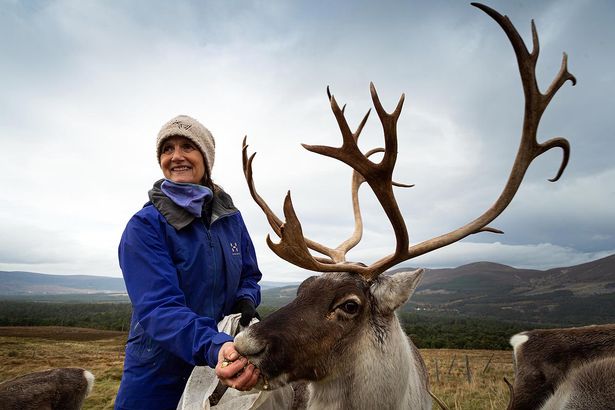
Tilly

